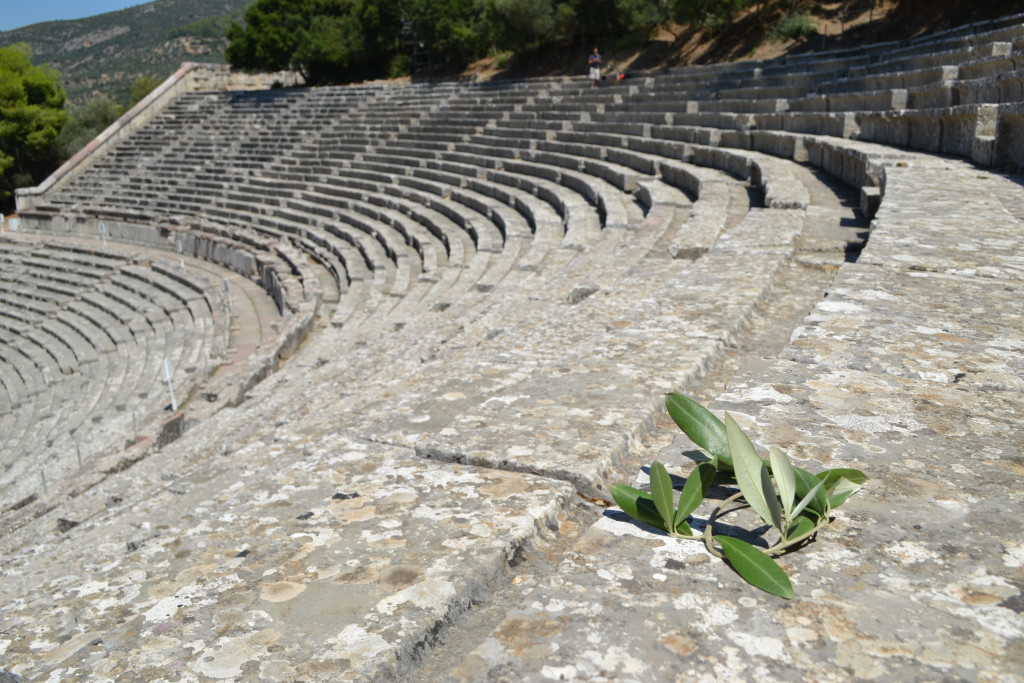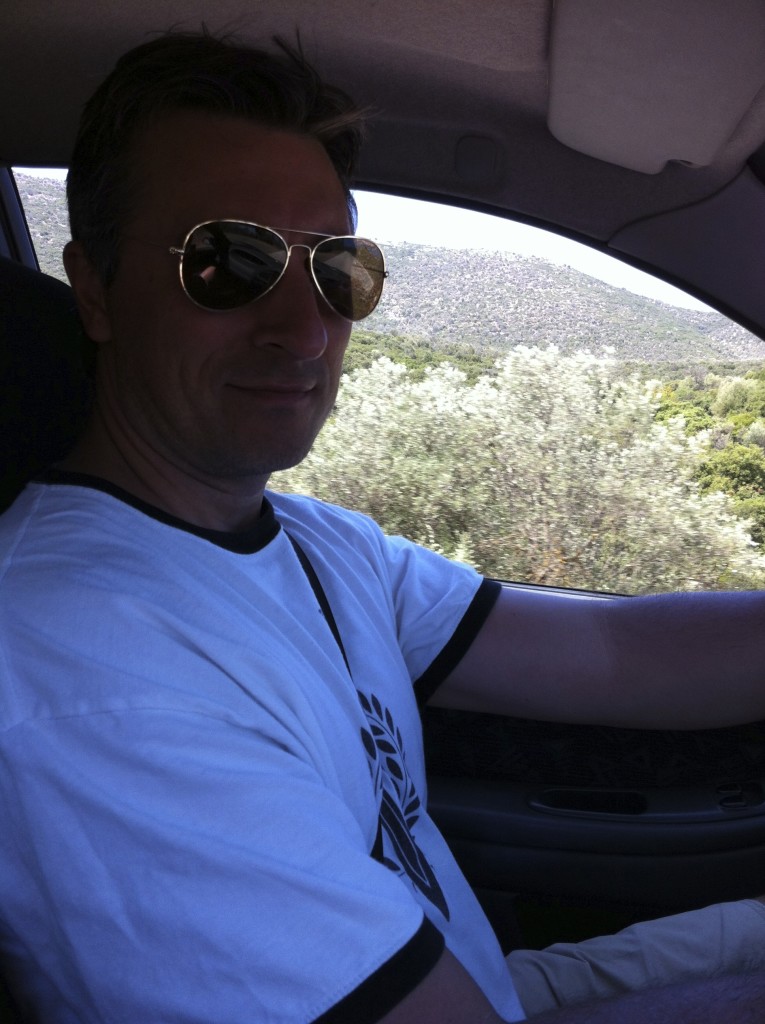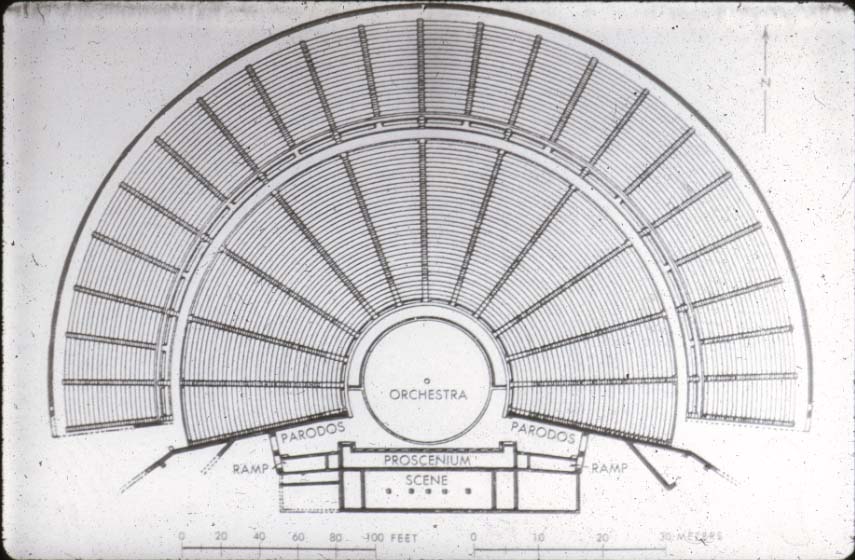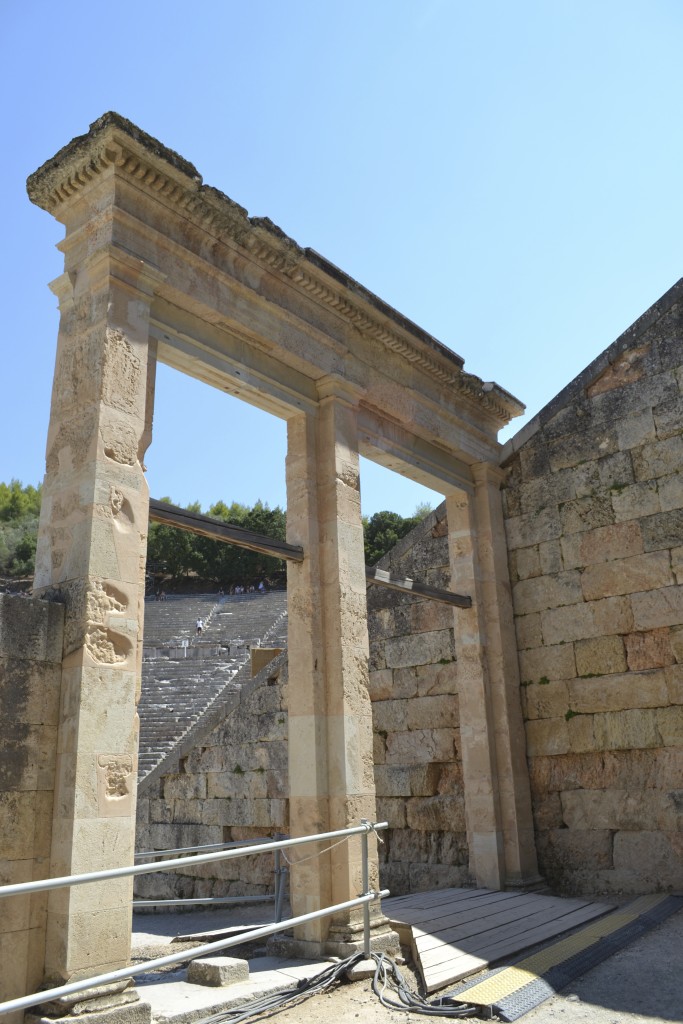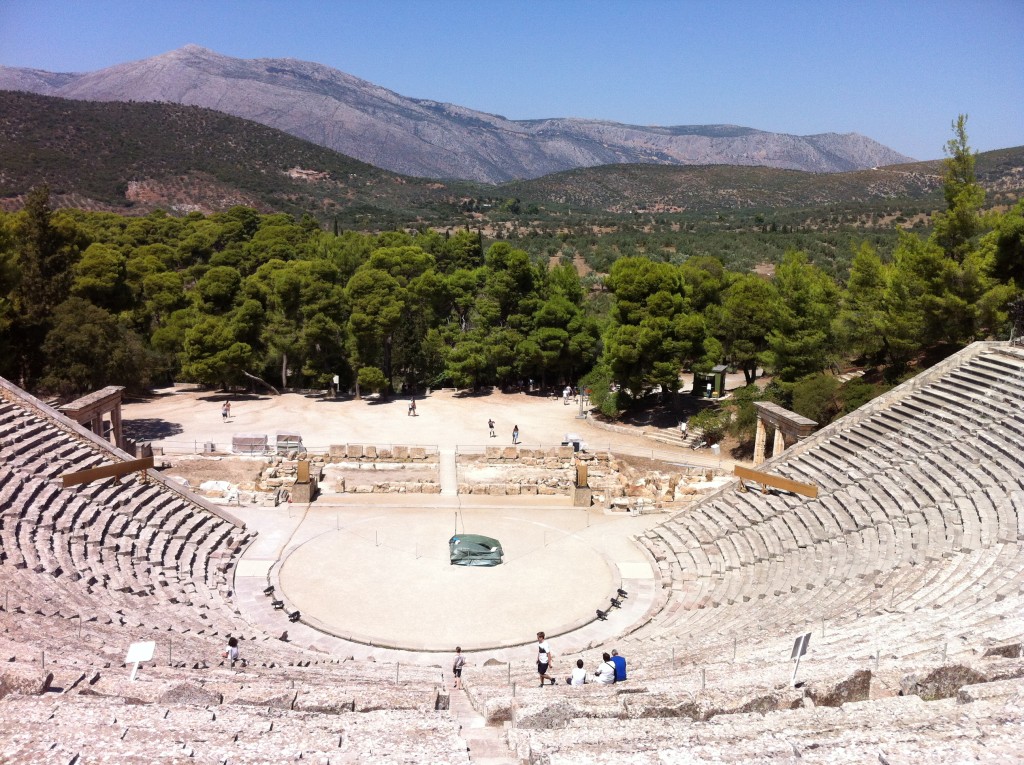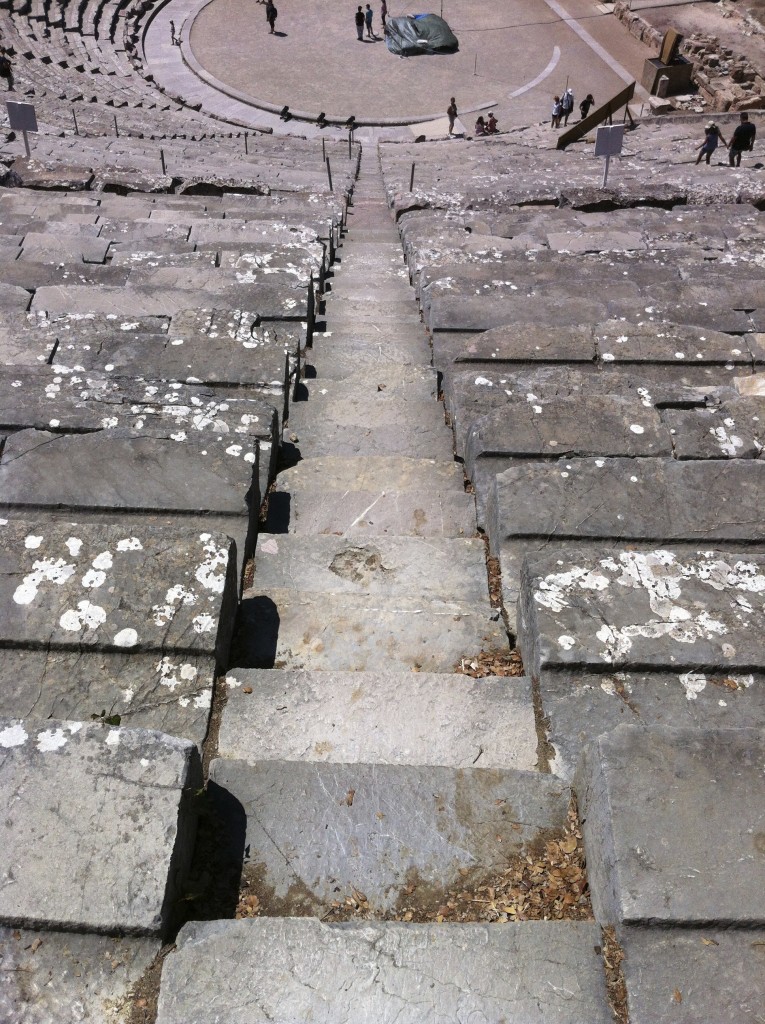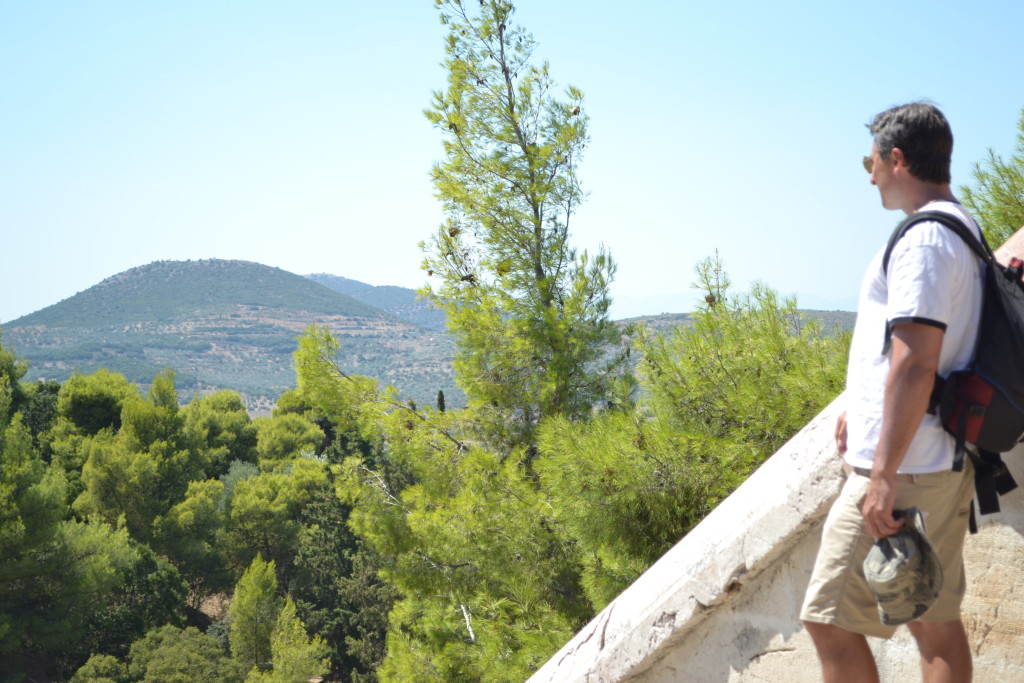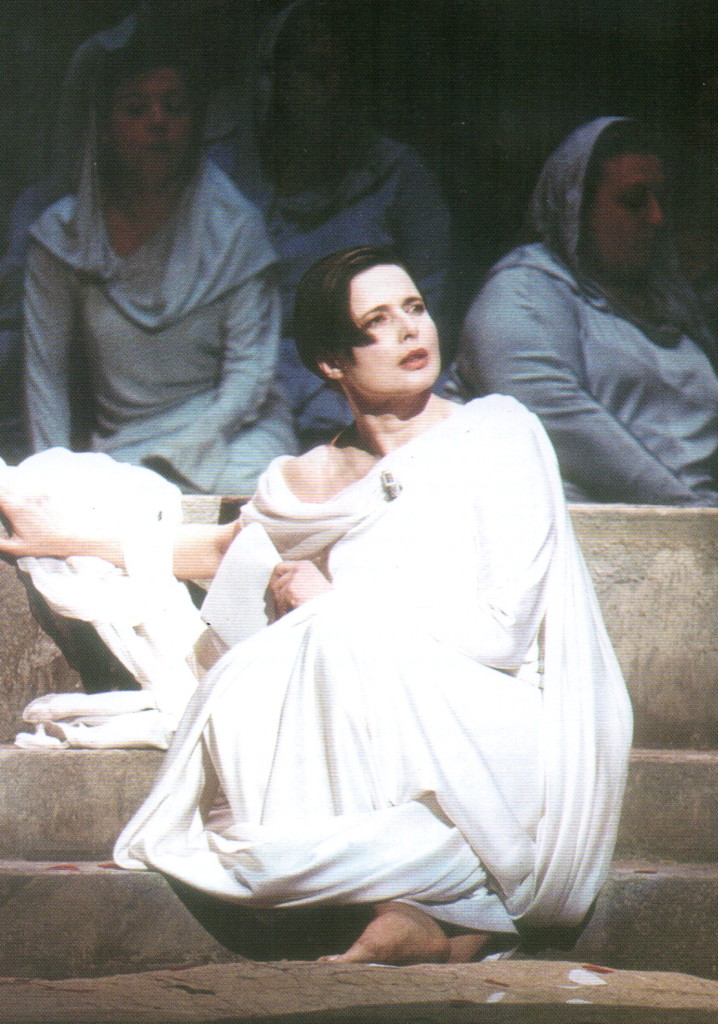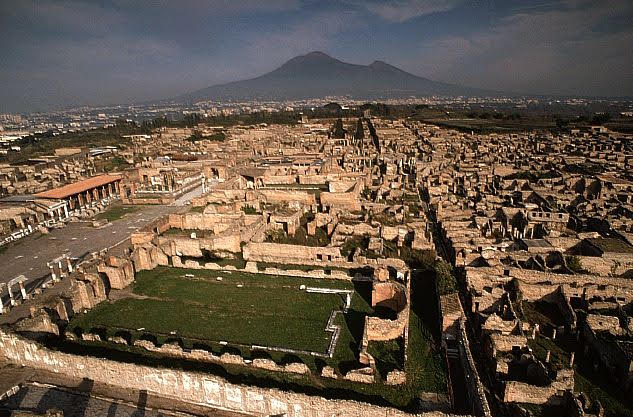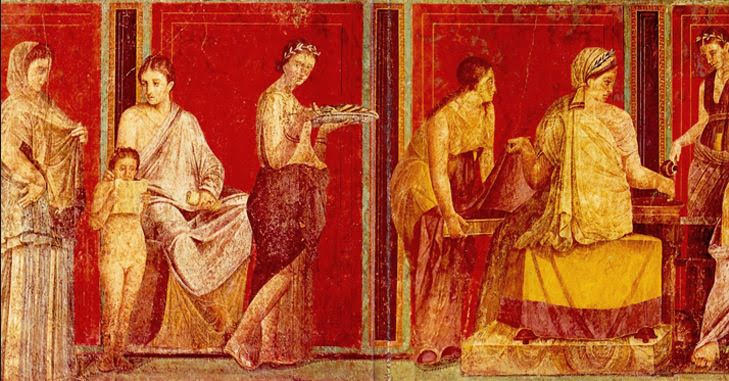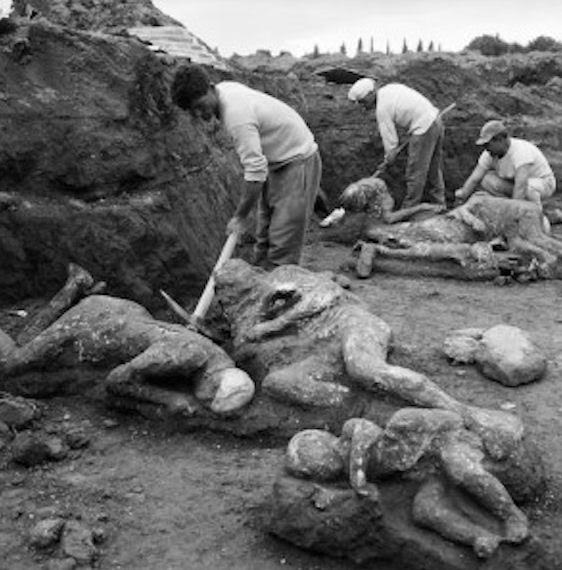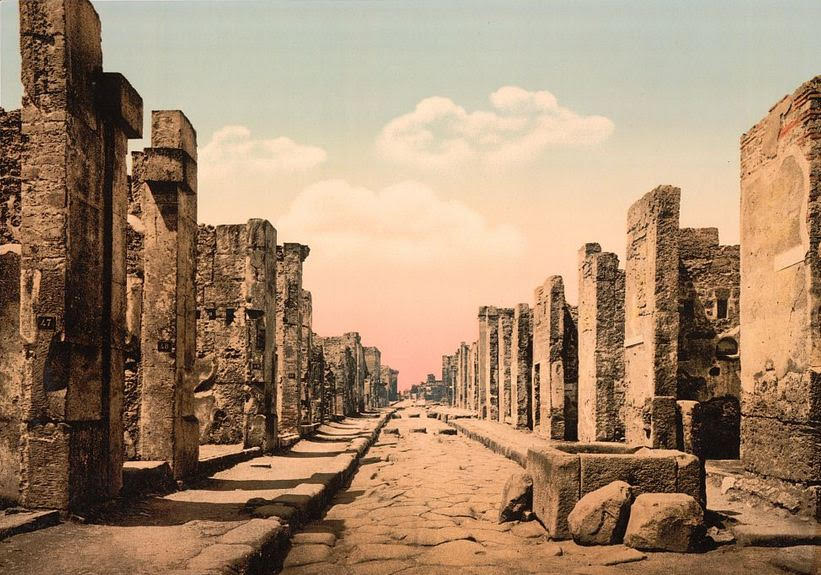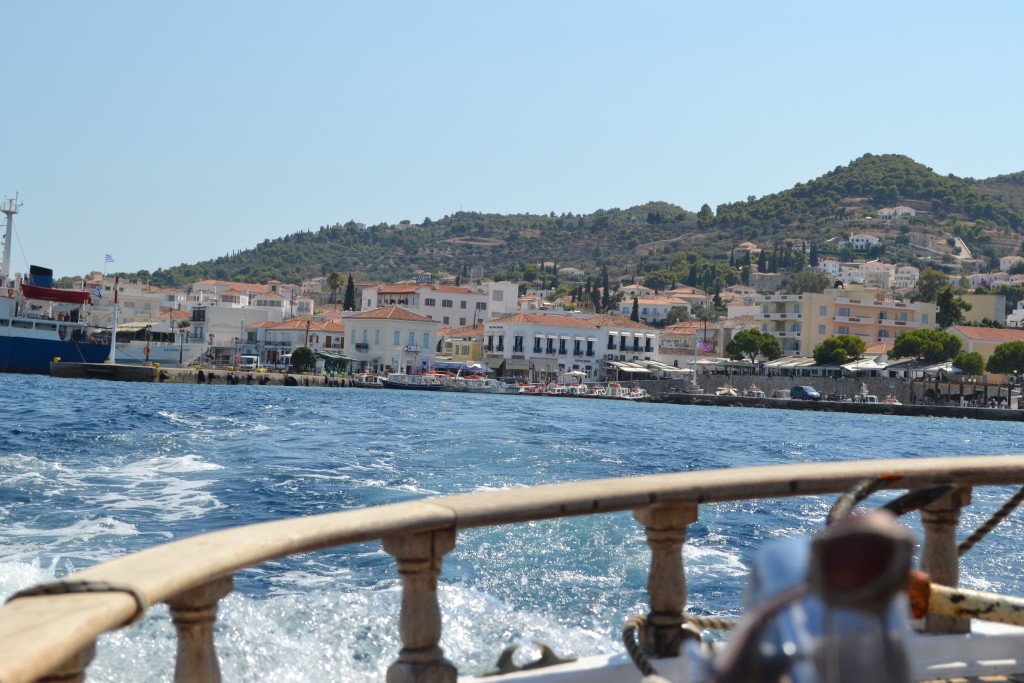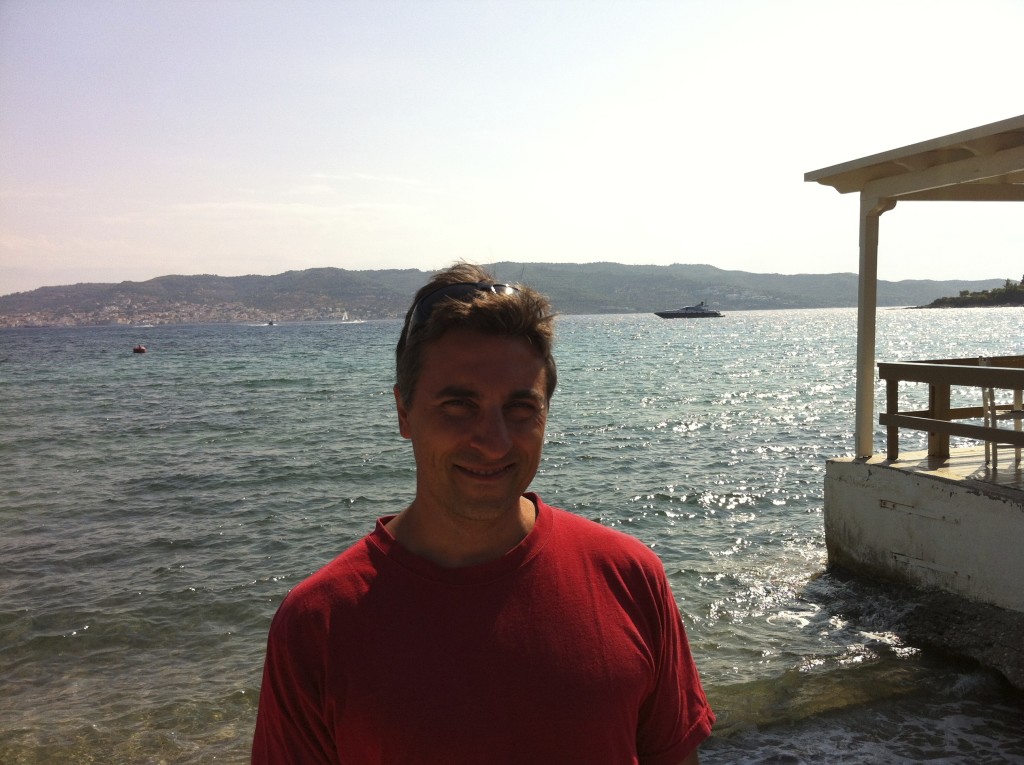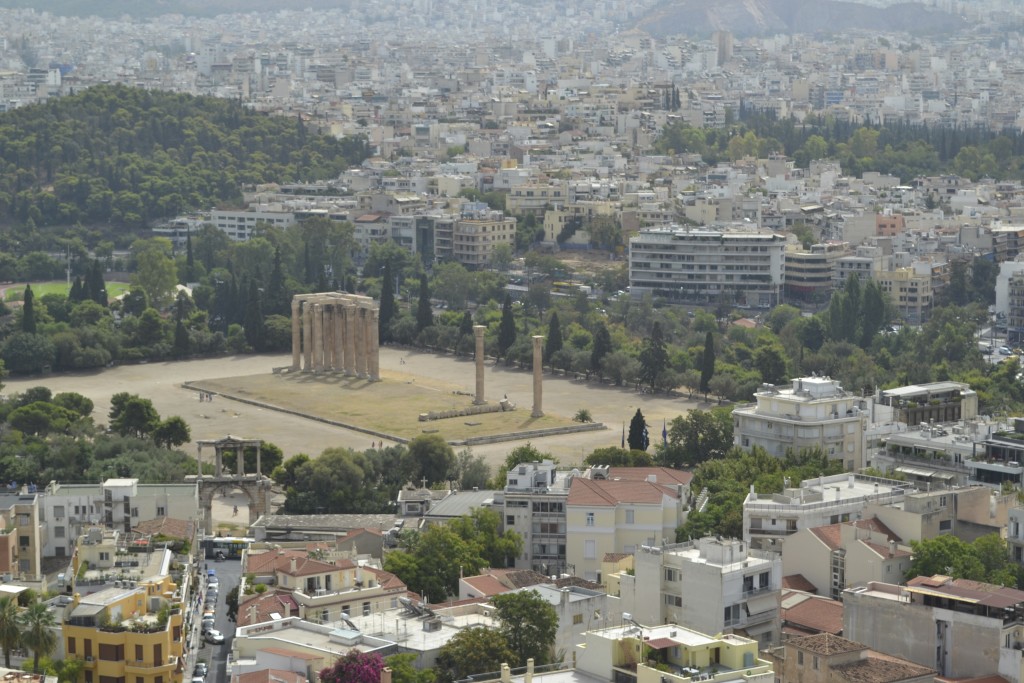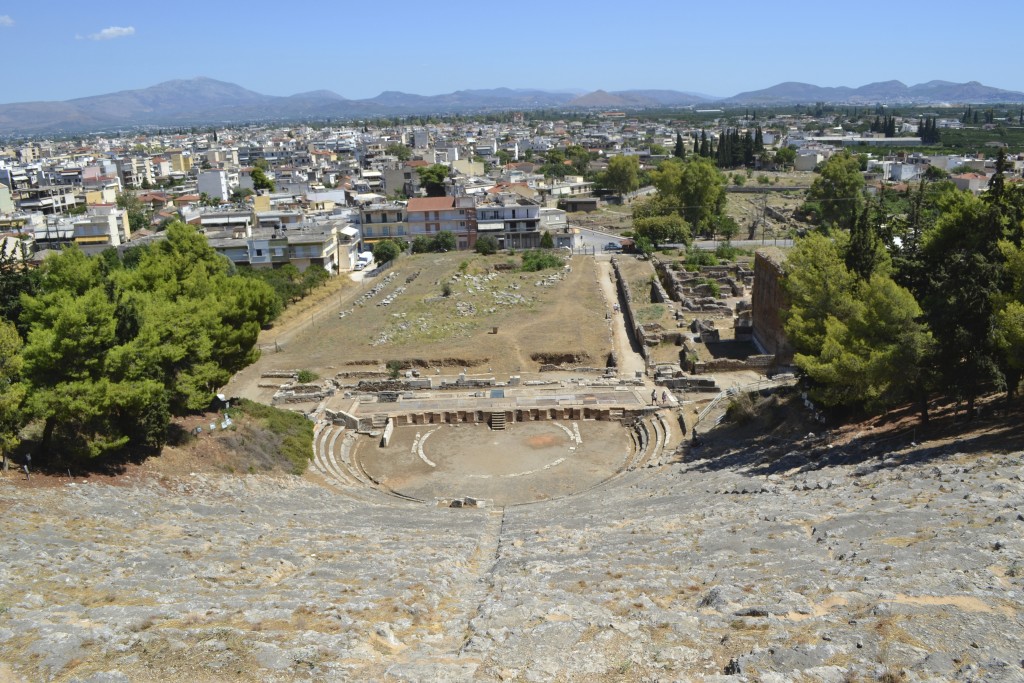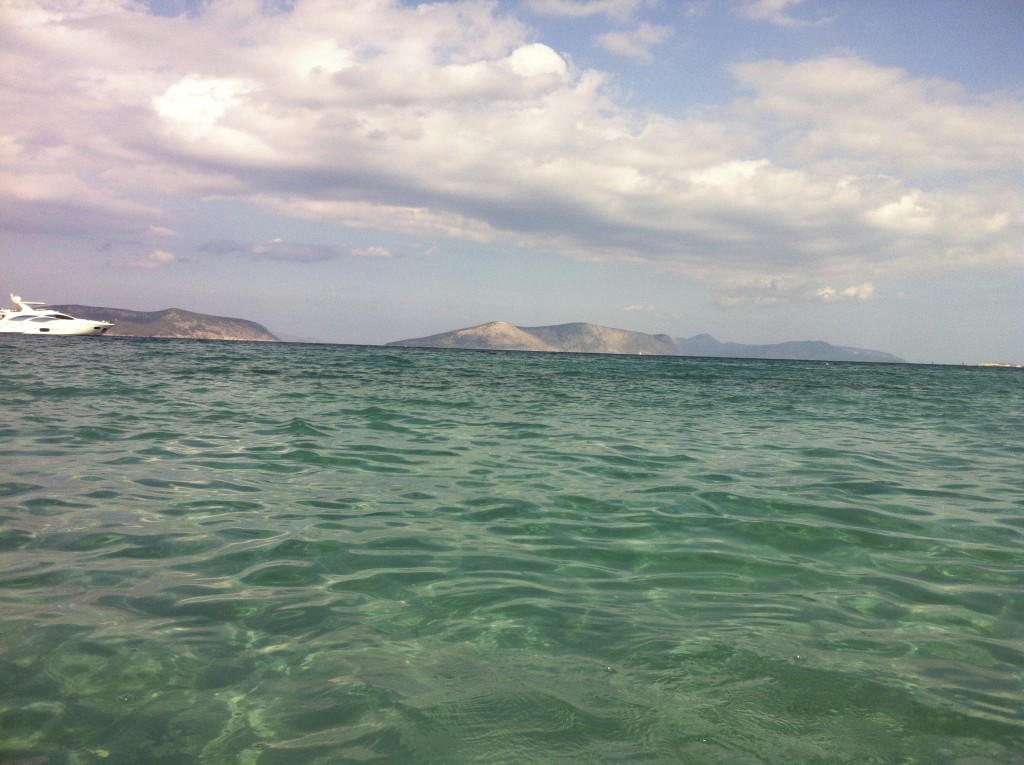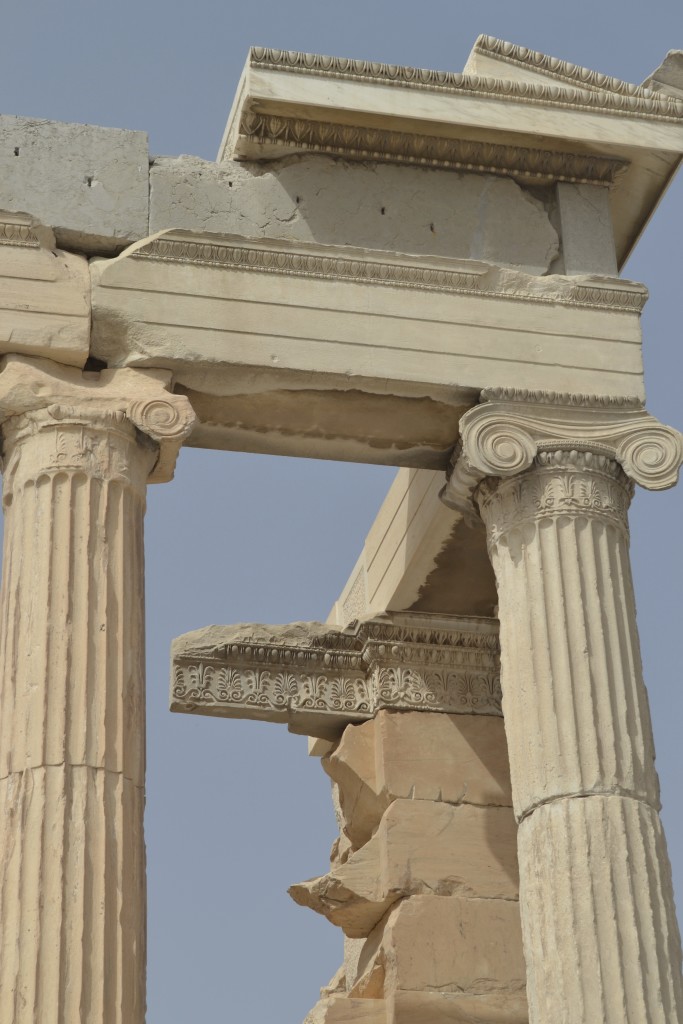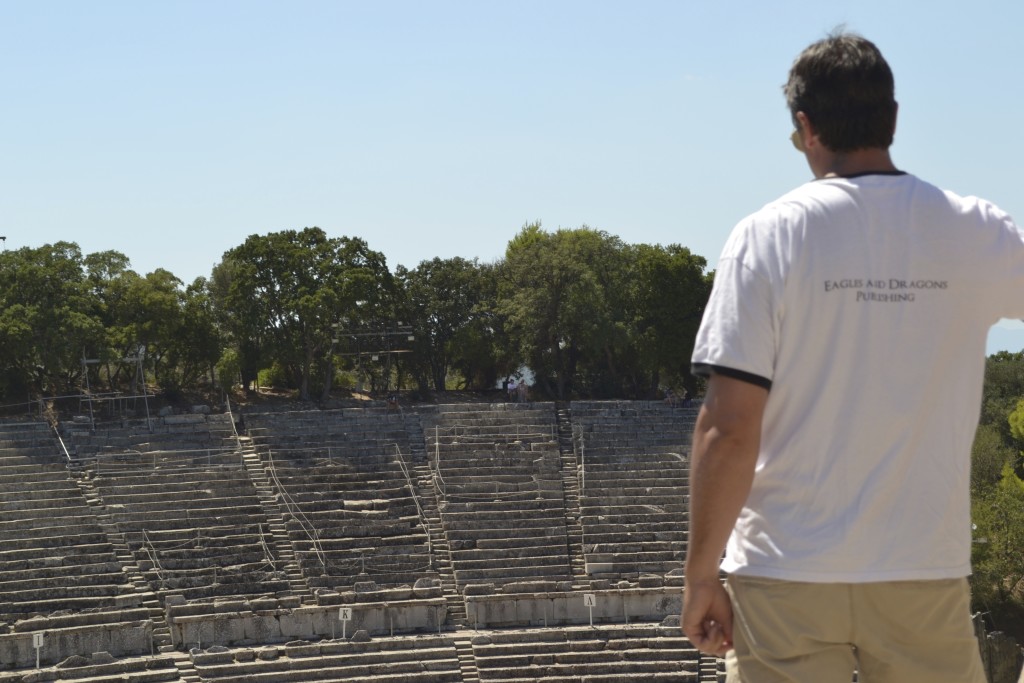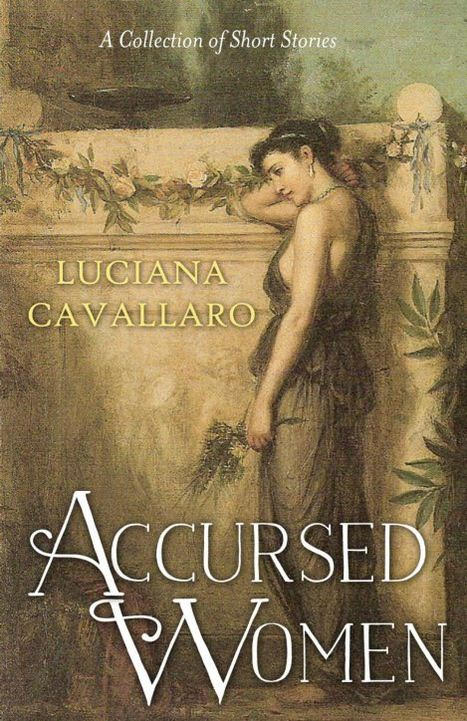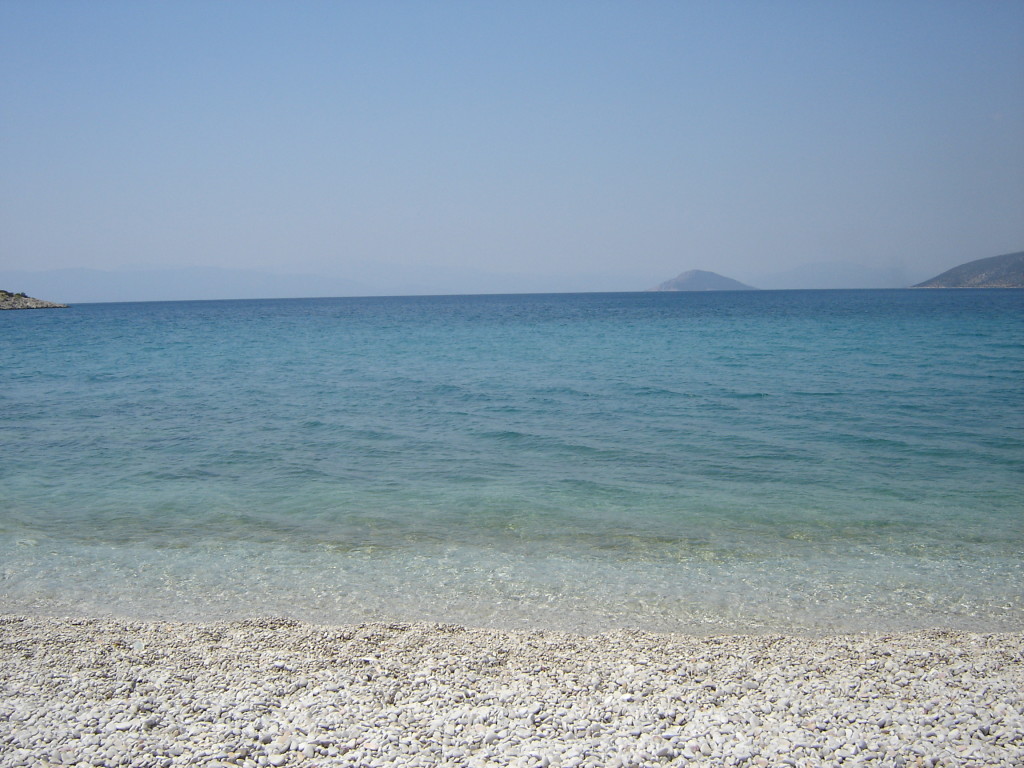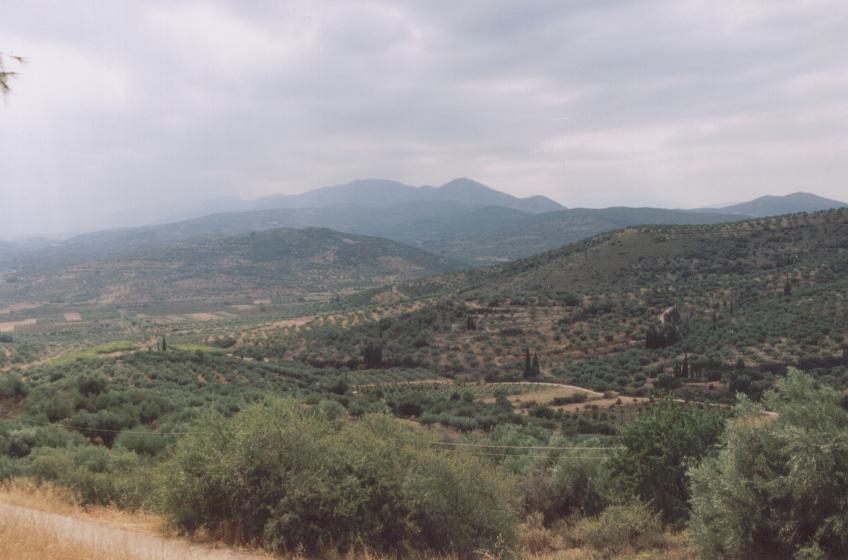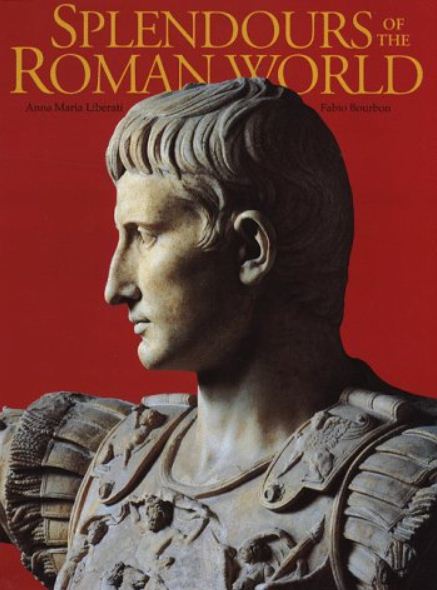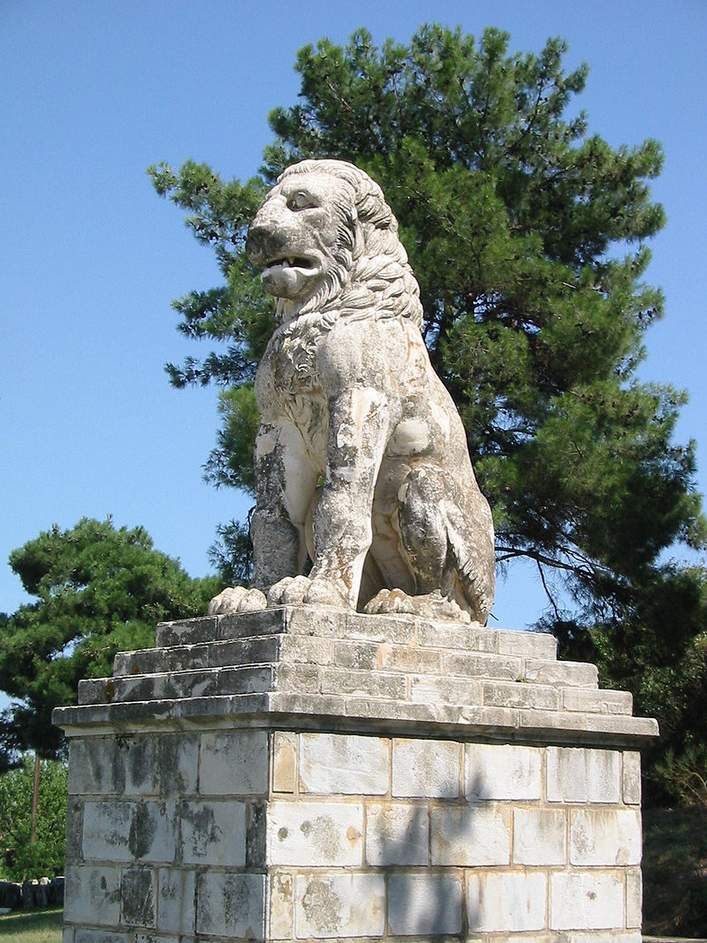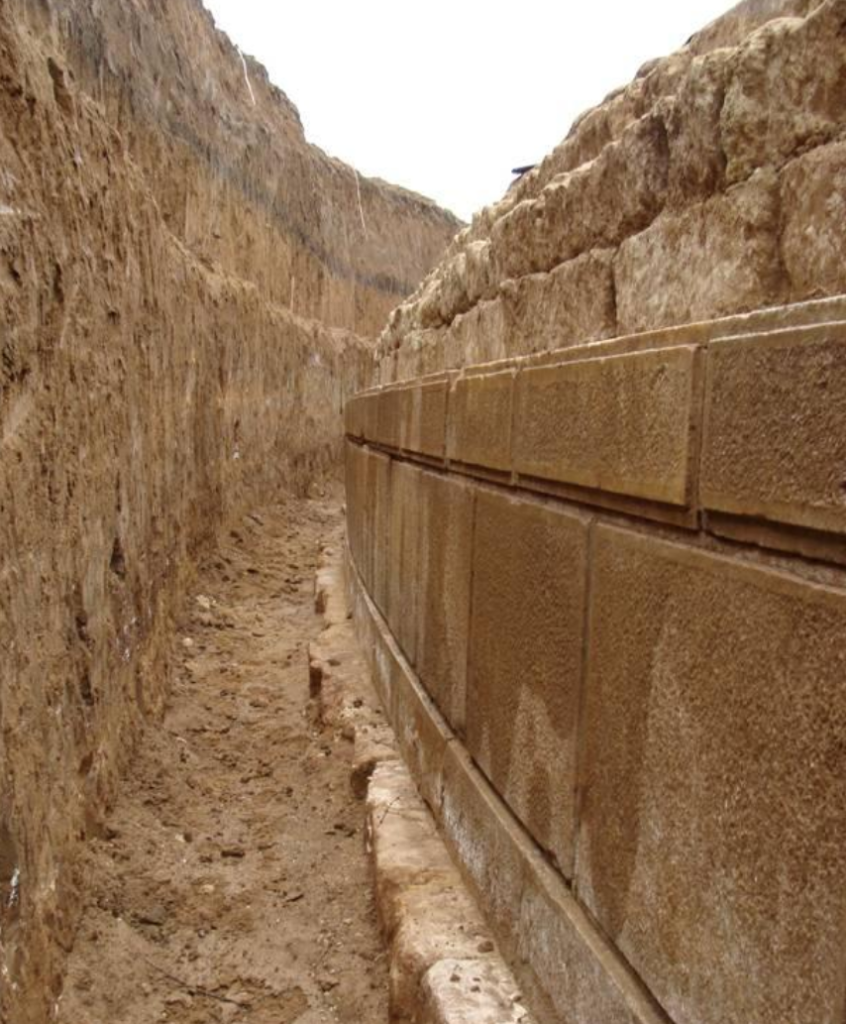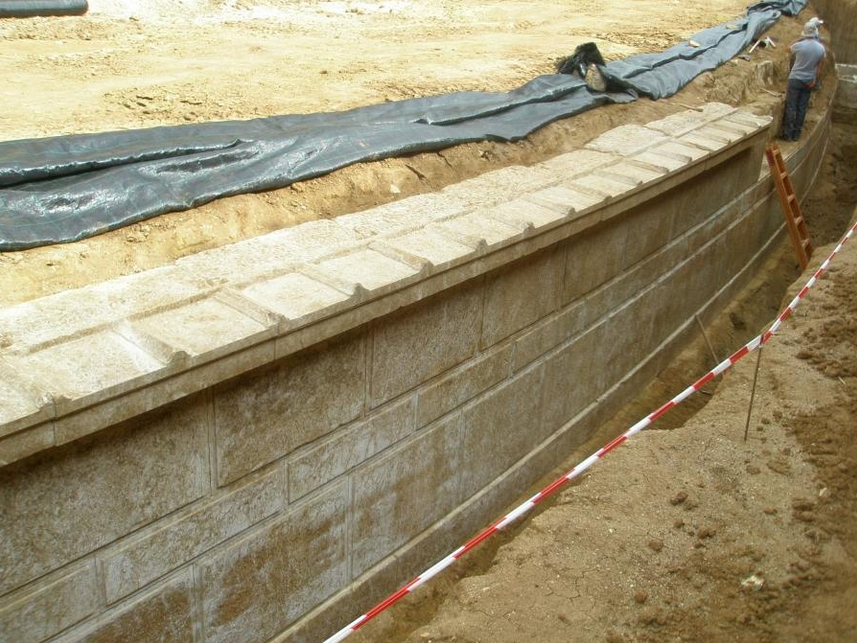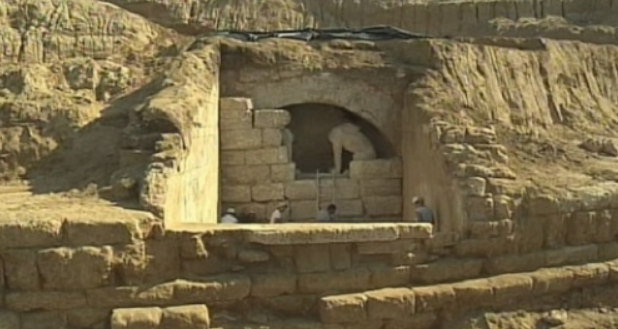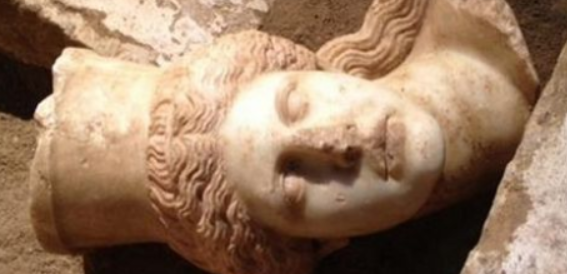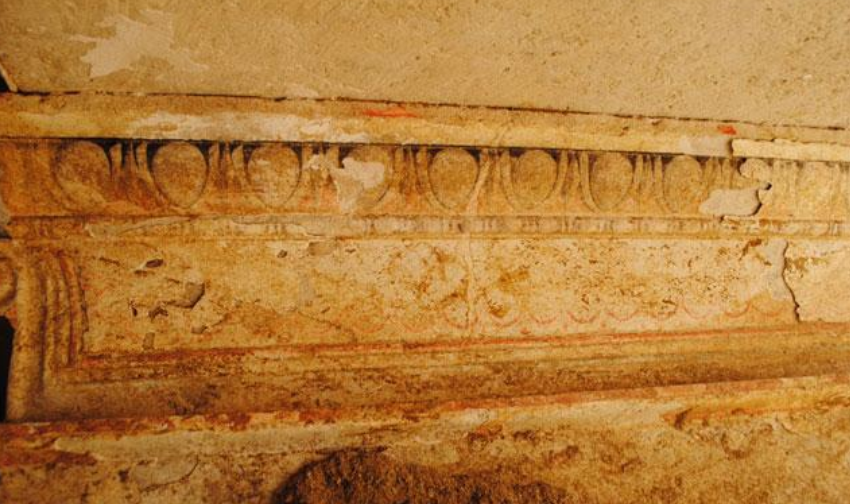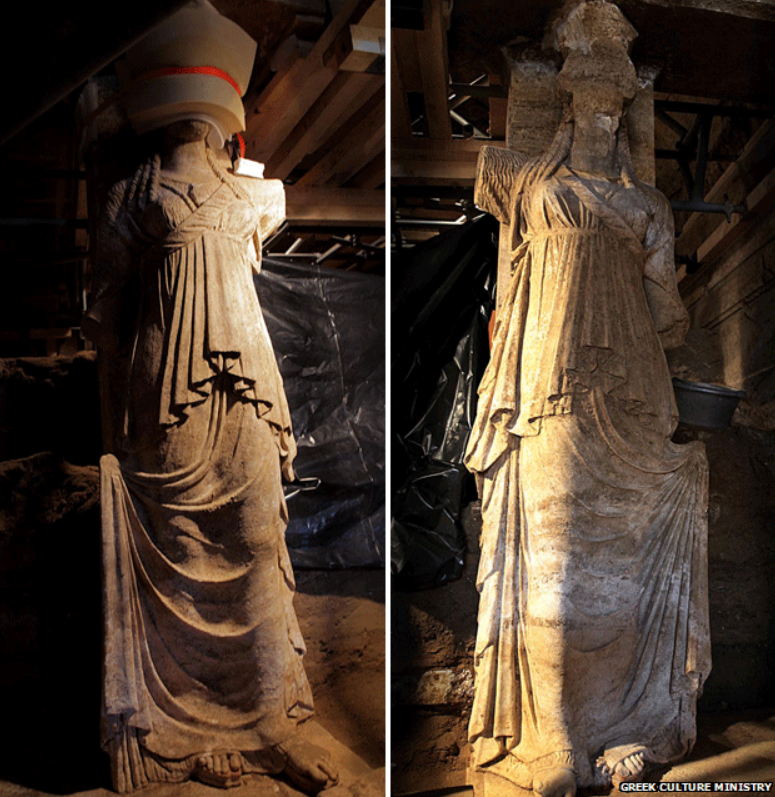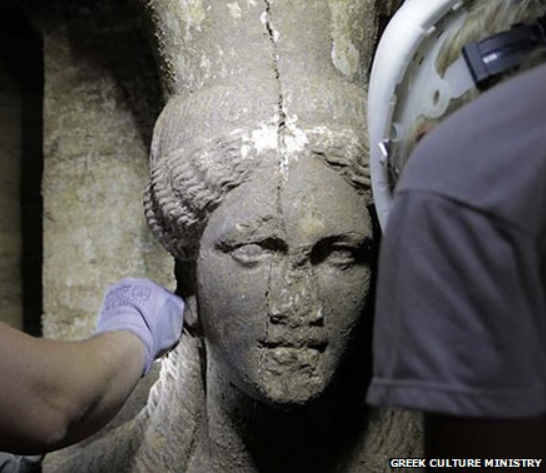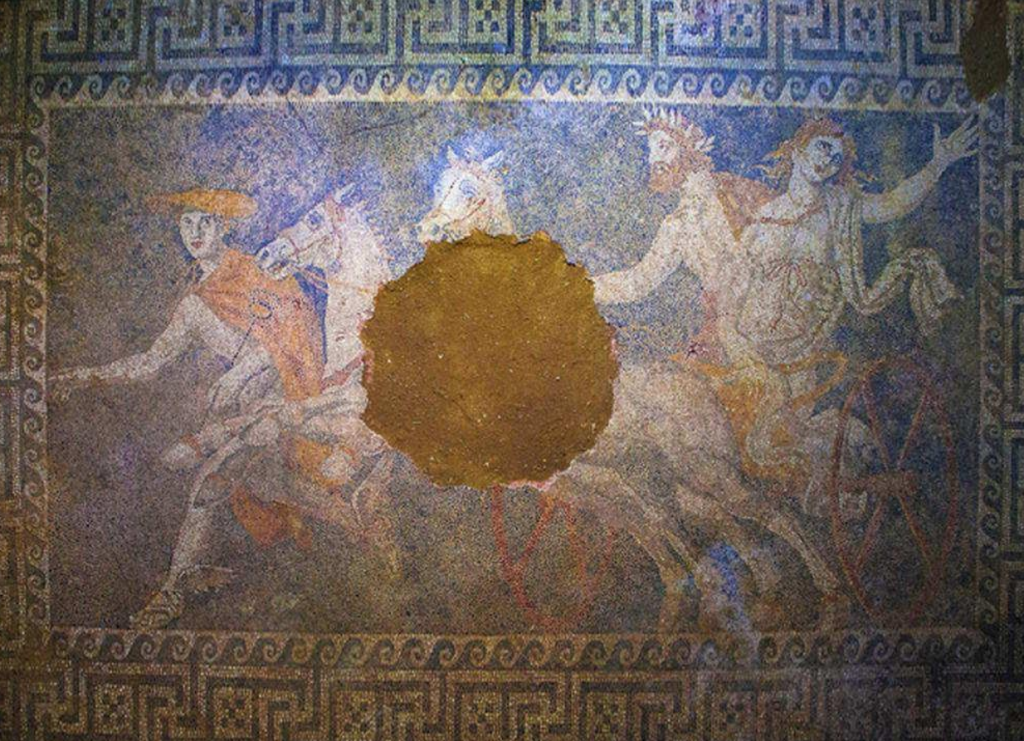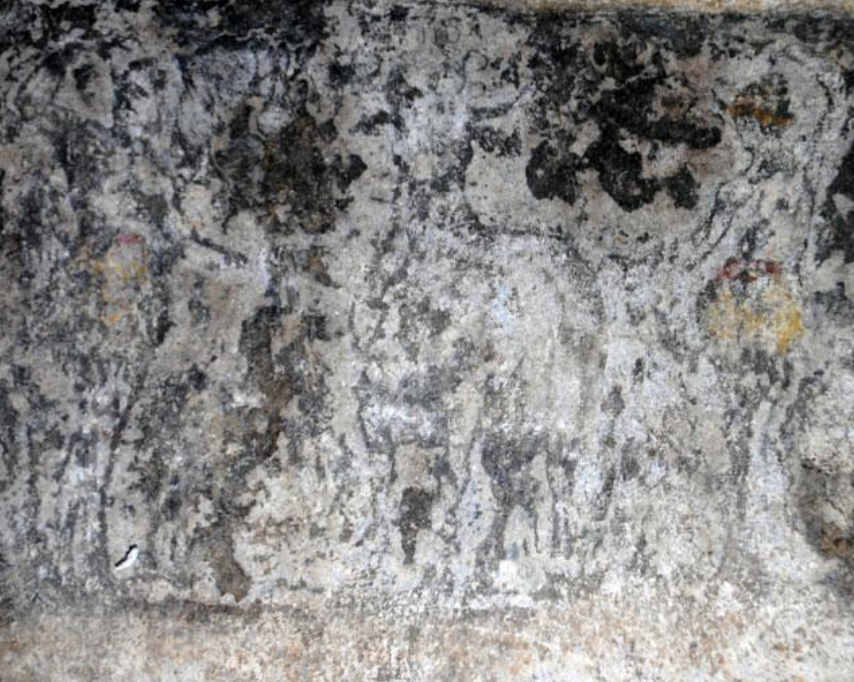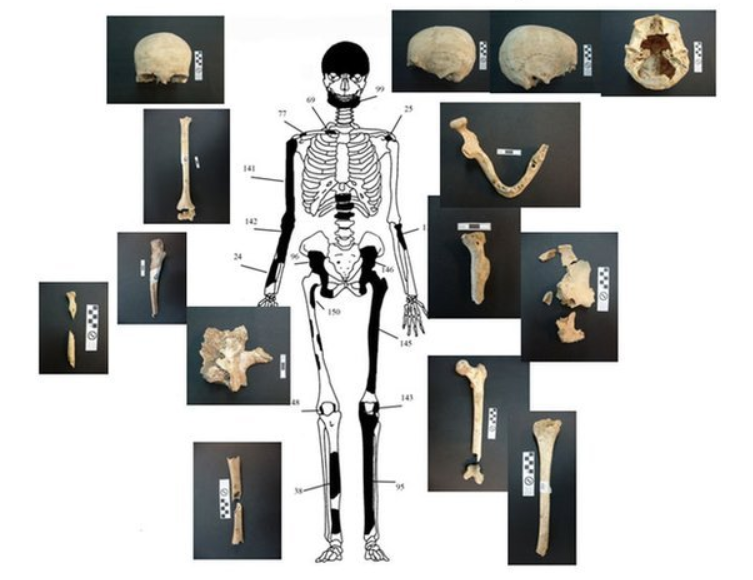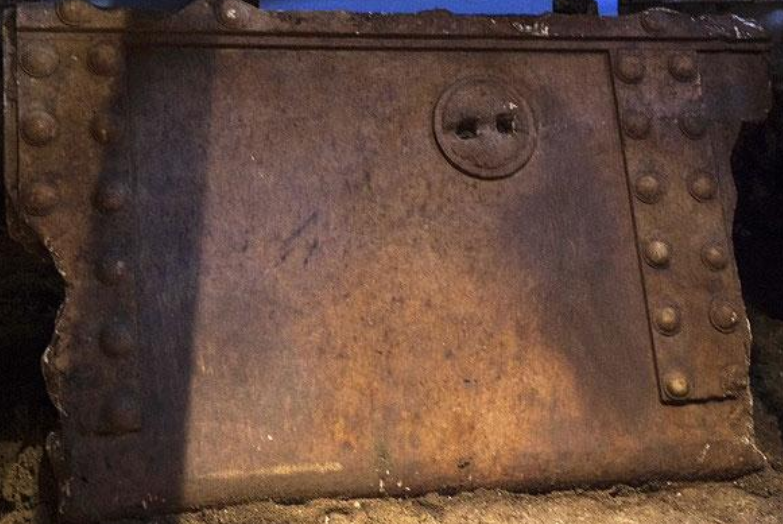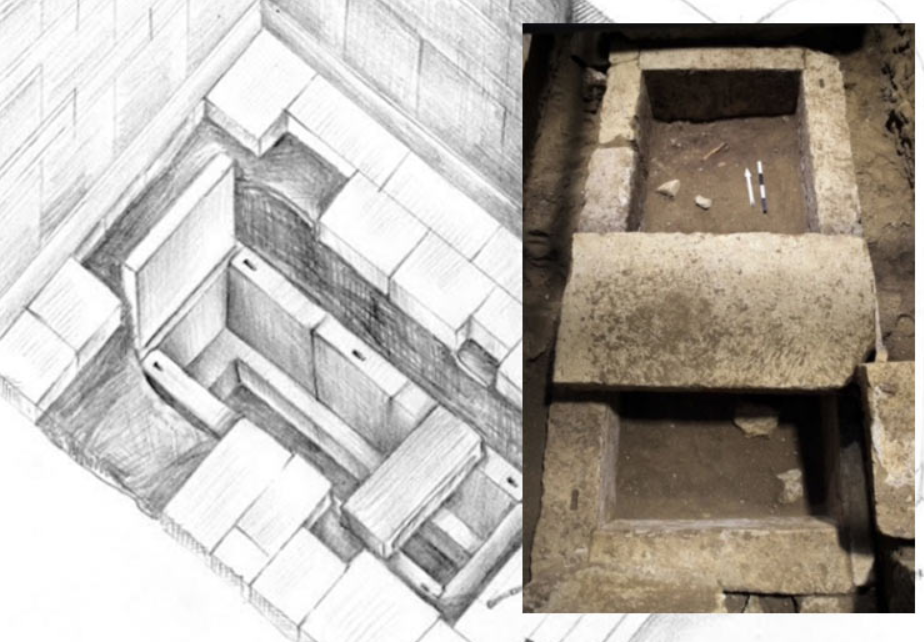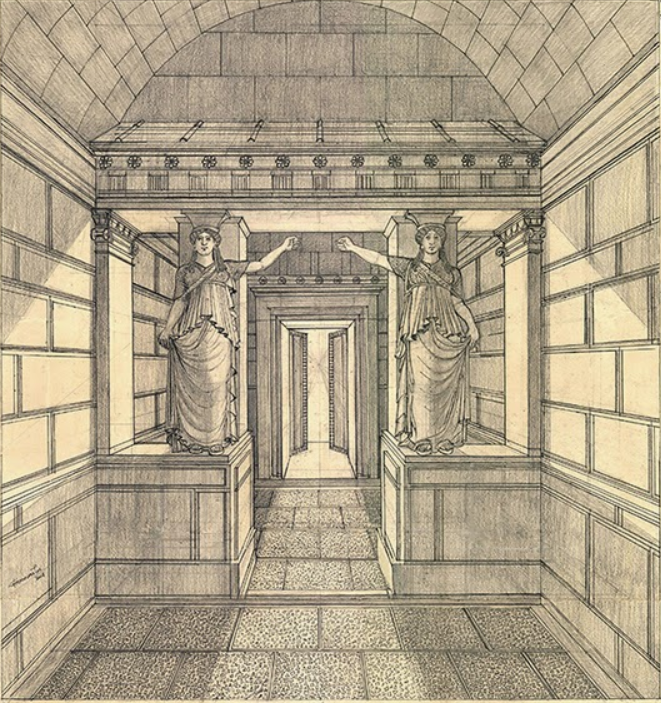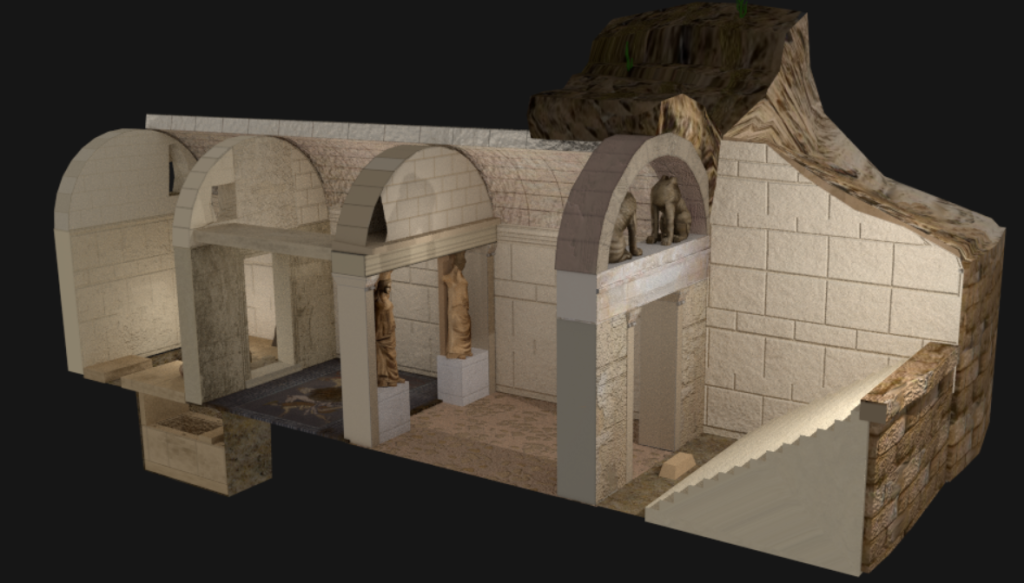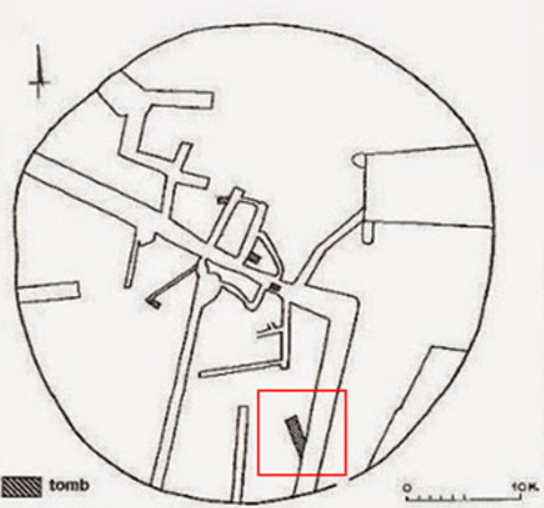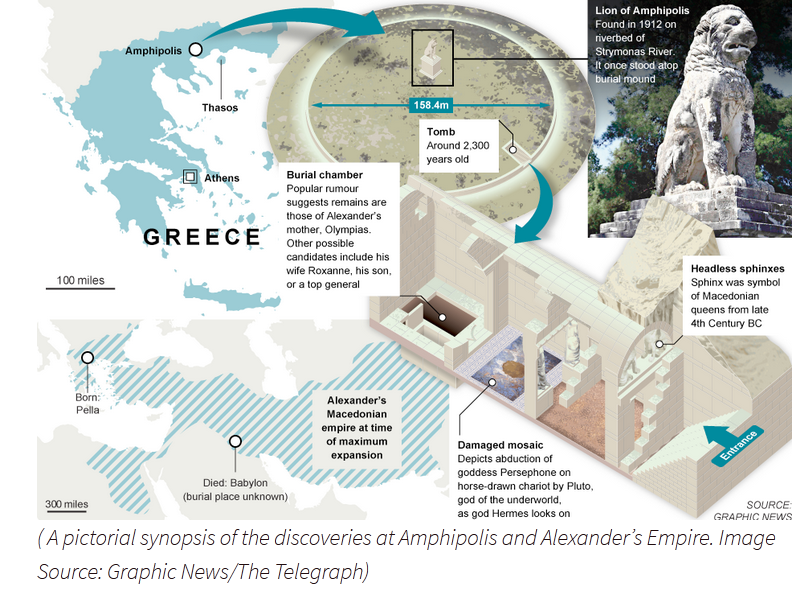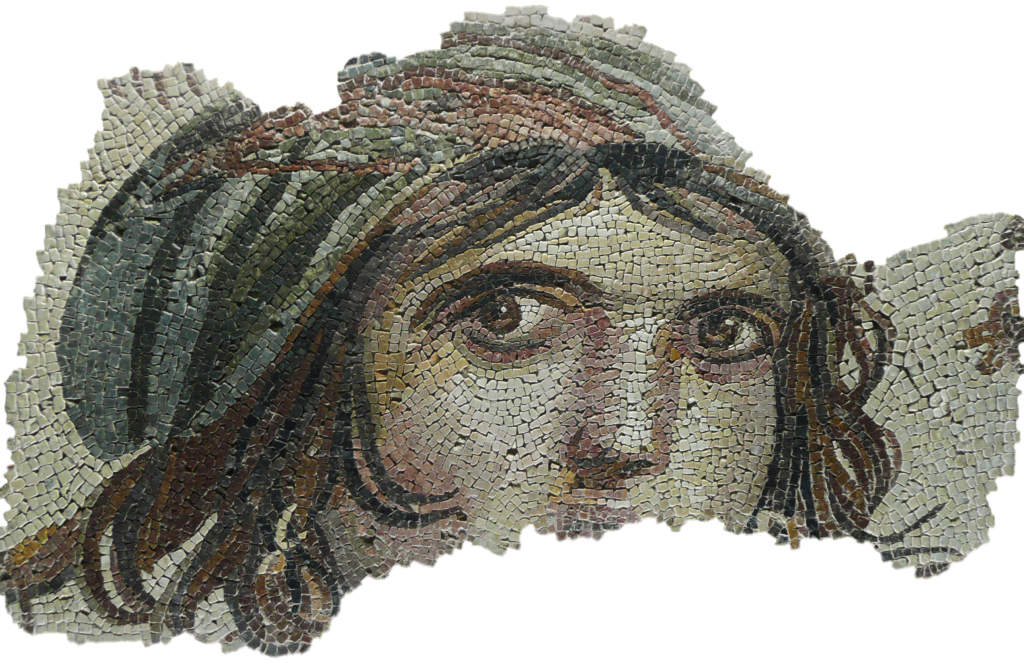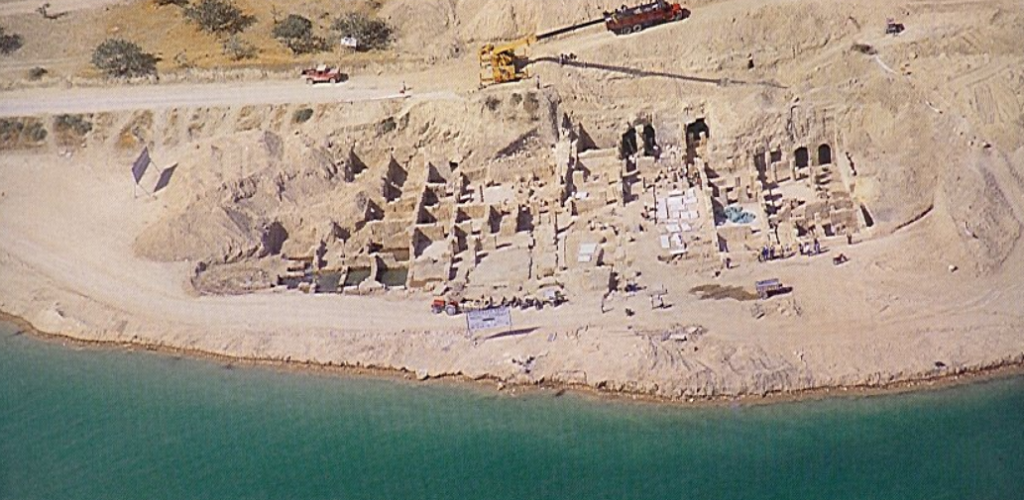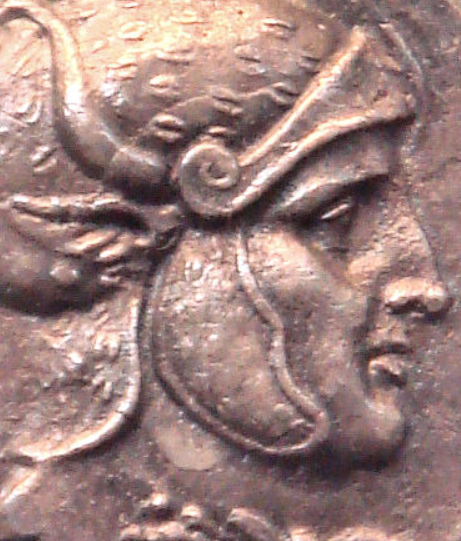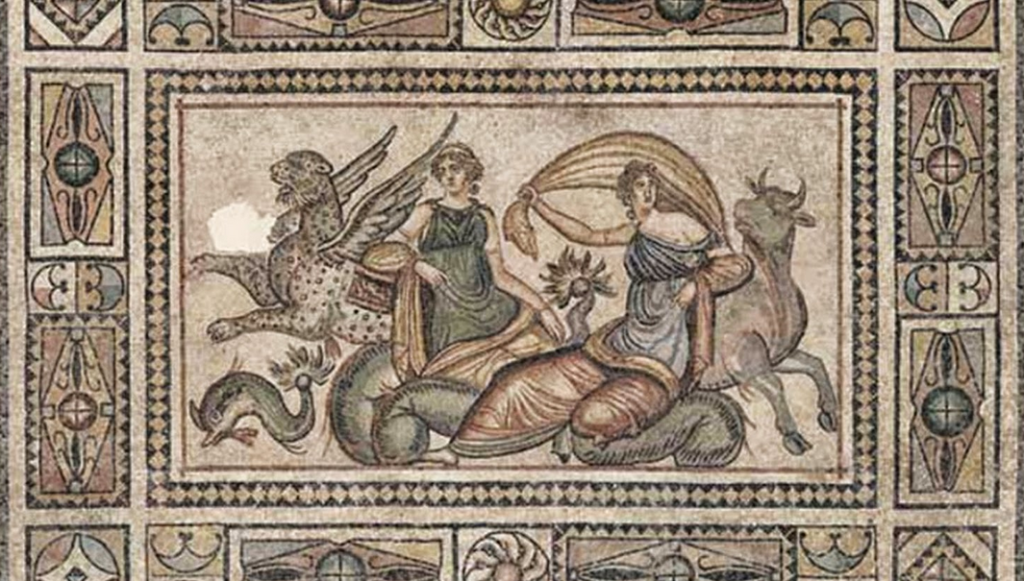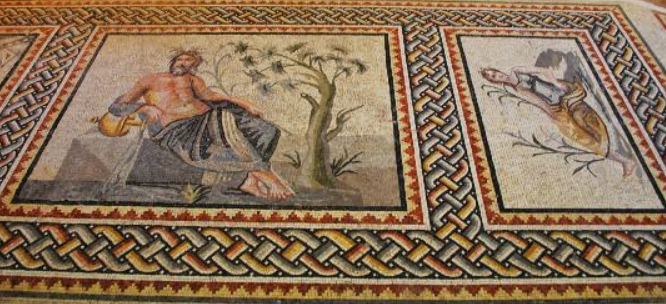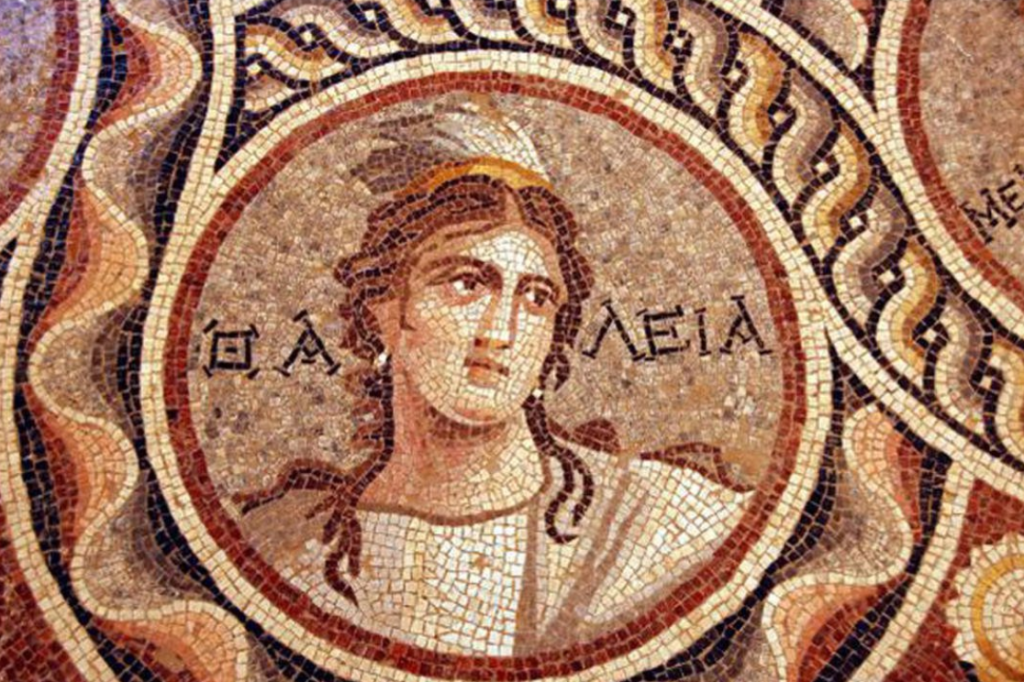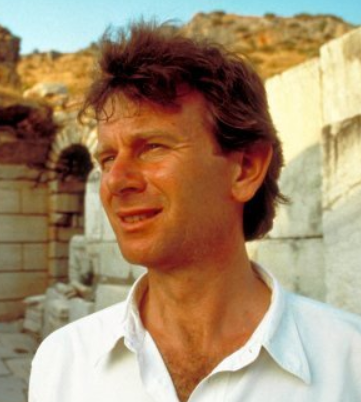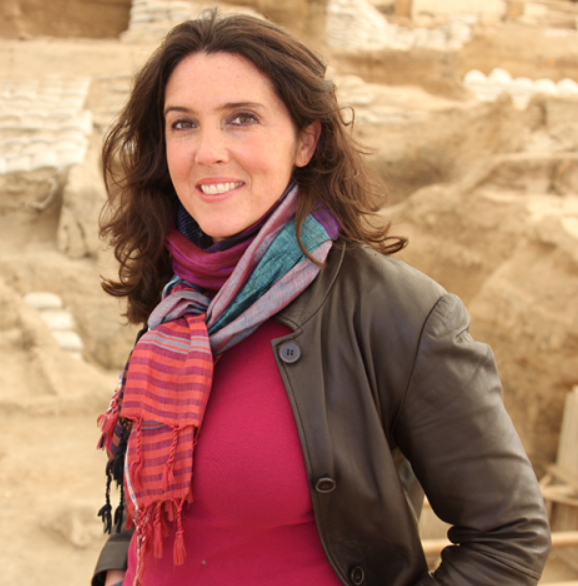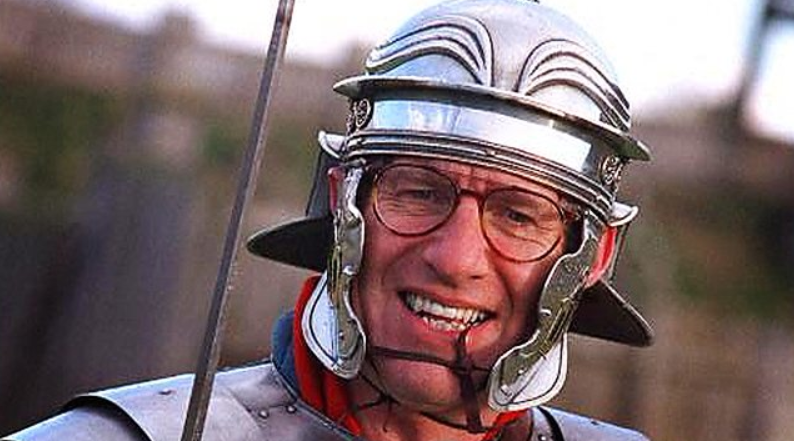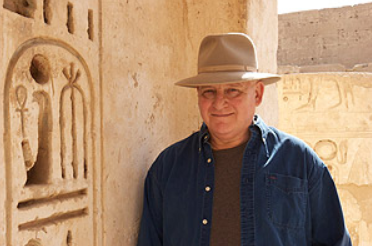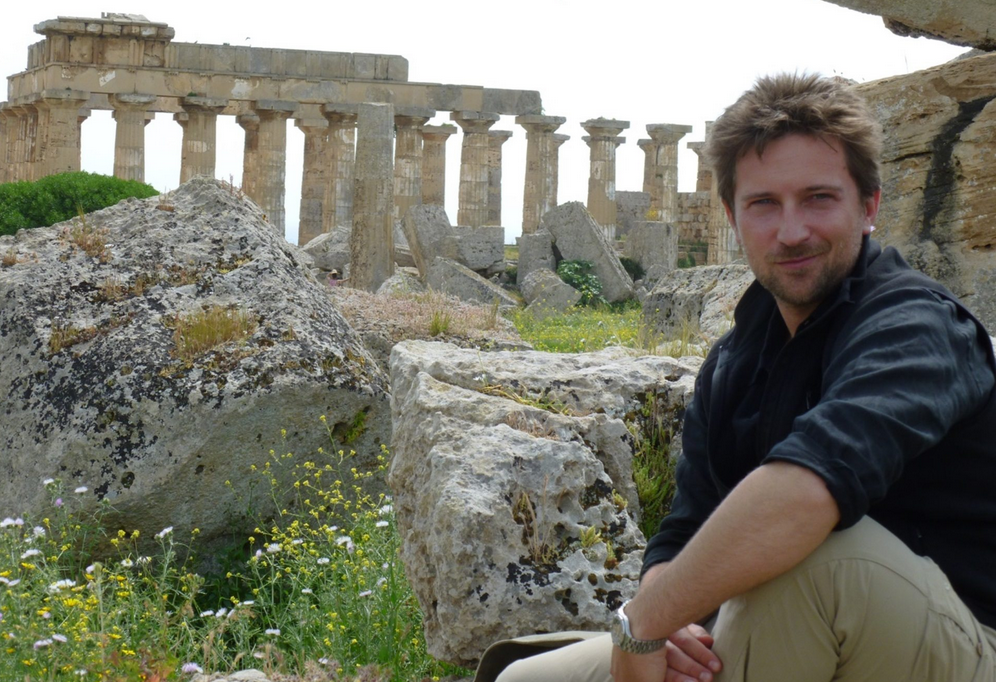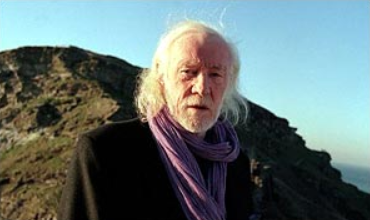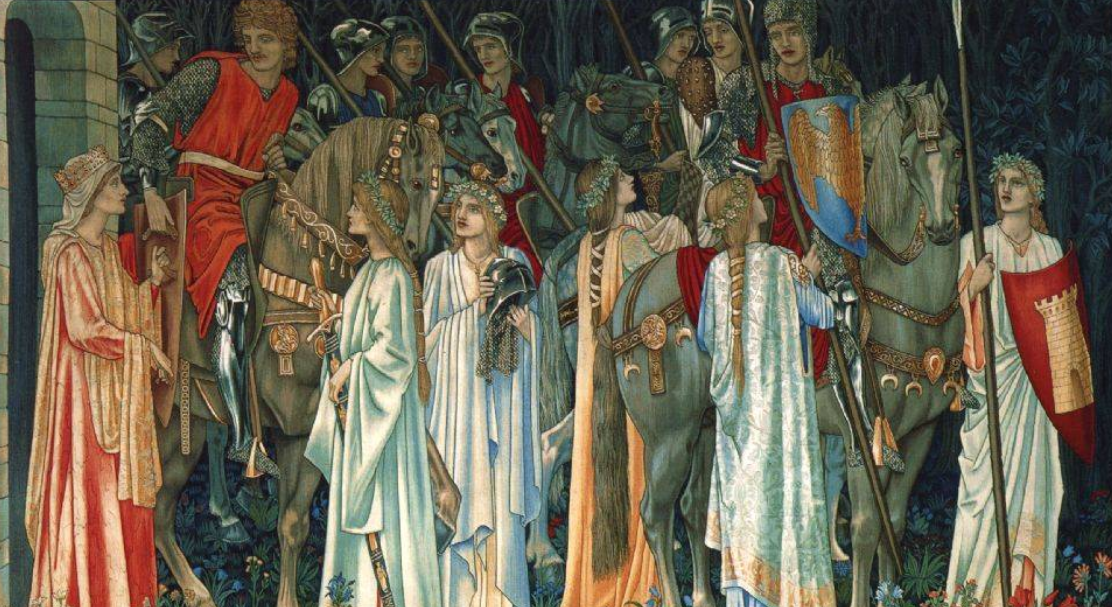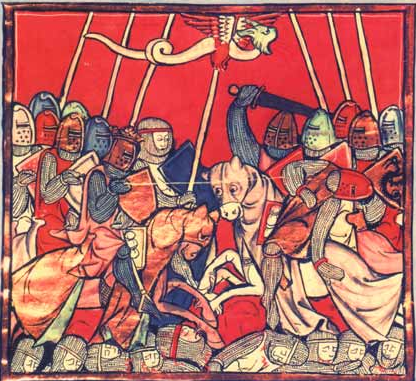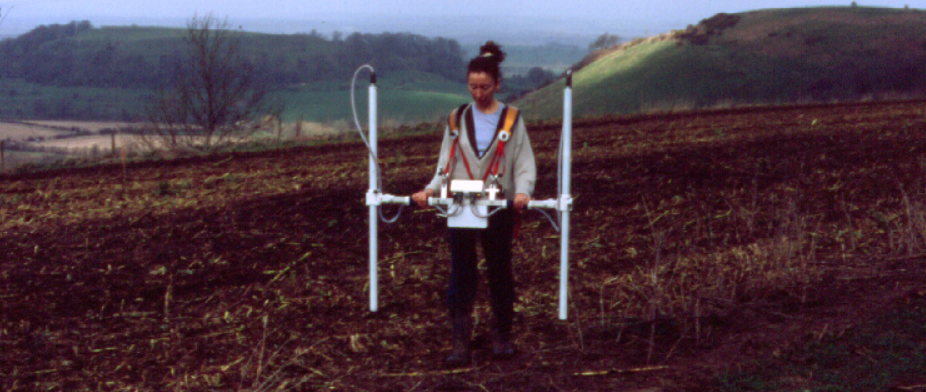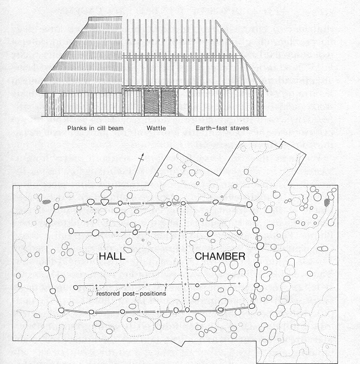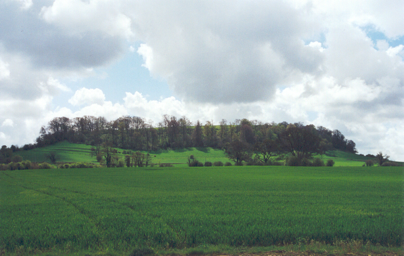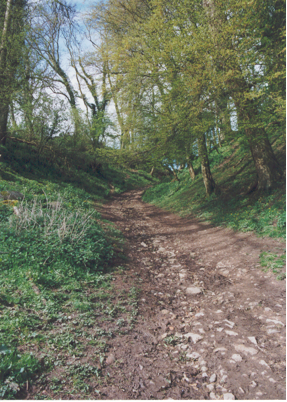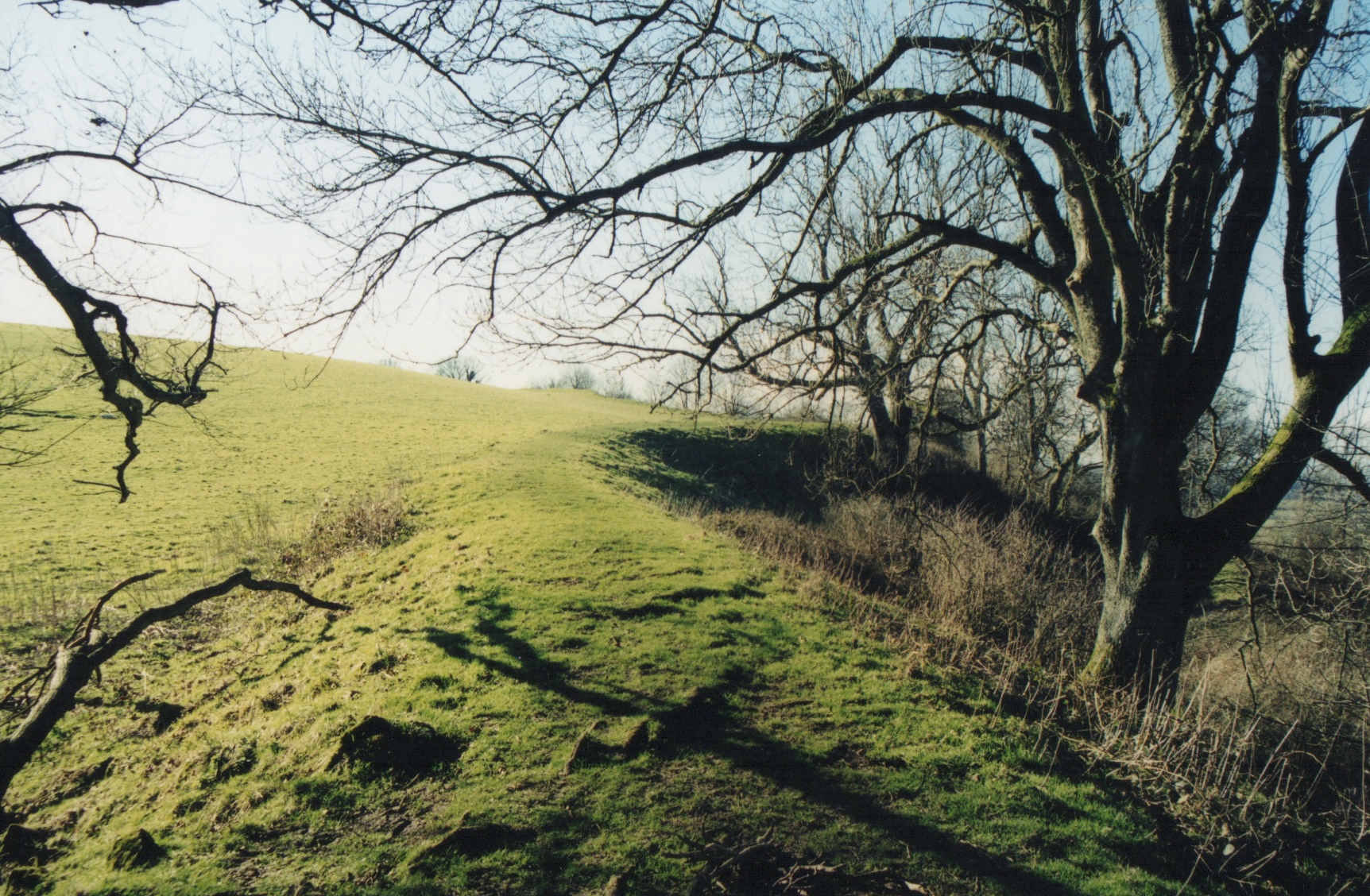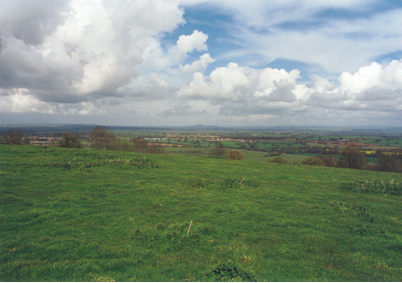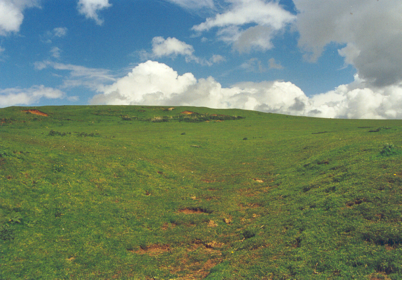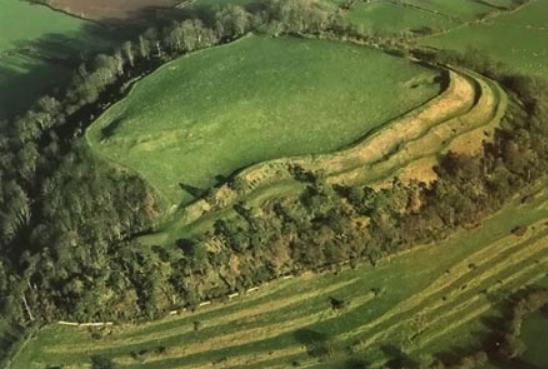archaeology
‘Pompeii’ – A Poem by Jenn Blair
When it comes to the Roman Empire, few things fascinate us as much as the destruction of Pompeii and the host of archaeological treasures that have been preserved by Mt. Vesuvius’s pyroclastic eruption.
We’ve all read the books, and seen the documentaries, artistic recreations, and recent film that have attempted to bring this ancient city back to life. They help us to understand, and live safely through, one of the greatest cataclysms in Roman history.
When I think of Pompeii, some of the first things that come to mind are the frescoes of the newly-restored Villa of Mysteries, the Temple of Apollo in the forum, or the Great Lupanar, Pompeii’s largest brothel. The artistic and architectural treasures that have been preserved by the ash are myriad.
However, it is the people of Pompeii that haunt me most.
Unlike neighbouring Herculaneum, where the populace seems to have escaped, Pompeii’s ruins were littered with human remains.
Many of you will recognize the shades of these fallen Pompeians from the plaster casts that now represent them.
In 1863 the head archaeologist at Pompeii, Giuseppe Fiorelli, noticed unusual voids in the ash layer of the site. He realized that these voids contained human remains, and so devised the technique of injecting plaster into the spaces to recreate the forms of Vesuvius’s victims.
These are the most haunting artifacts Pompeii has to offer: its people.
Today I have something very special to share with you.
My friend and fellow author, Jenn Blair, recently had a triad of poems about events that took place on February 3rd, 1863 published in The Cossack Literary Journal.
The first of these poems is entitled ‘Pompeii’, and the first time I read it I knew I had to share it with you.
It takes us back in time to the excavations of Pompeii and gives us an intimate glimpse into the thoughts and feelings of Guiseppe Fiorelli:
February 3, 1863
Pompeii
The wells went dry. But they did not suspect, even then,
walking, to prayers, to market – swimming along in
strange morning light whose quality was already
changing. I kneel down and fish out the bones carefully,
with slender tongs, before pouring gesso in the hardened ash.
Some sculpt out of the air, but I persist in believing there are
forms already present, absences which are too telling-
a chance to become intimate with curdled hands or
even the downcast eyelashes of the woman and man
and child long ago cast down. Perhaps they will have
amulets and goddesses in arm, or perhaps they will
hold nothing, except themselves, that one last possession,
all limbs pulled in as if to ask the gods for respite now
that their small bodies inhabit even tighter boundaries.
Frescoes, vases, temples, carbonized loaves of bread: important.
But enough of artifacts. I want to see a living face.
I love this poem.
Having worked as an archaeologist, I remember getting excited about ancient people’s rubbish, about broken pots, coins, and crushed decorations, but in reading Jenn Blair’s poem above, I imagine the great sadness that must have descended on Fiorelli as he unearthed his plaster casts of the dead.
Uncovering the people of Pompeii was not like discovering an intentional burial, where the dead are at peace, surrounded by prized grave goods.
In Pompeii, when the bodies were unearthed, they appeared in pain and despair, “all limbs pulled in as if to ask the gods for respite…”
Pompeii and its disaster will, I feel sure, fascinate and haunt us for generations to come.
Be sure to CLICK HERE to read the rest of Jenn Blair’s February 3, 1863 poems to find out what else was happening on that date as the people of Pompeii finally came into the light of day…
Thank you for reading.
Jenn Blair has published work in the Berkley Poetry Review, Copper Nickel, Superstition Review, Kestrel, Cold Mountain Review, Blood Orange Review, Tusculum Review, New Plains Review, Tidal Basin Review, Southloop Review, Clockhouse Review, and The Newtowner among others. Her prose manuscript Human Voices was a finalist for Texas Review Press’s 2014 George Garrett Prize. She teaches at the University of Georgia and lives with her family in Winterville, GA.
Be sure to check out Jenn’s poetry chap books too at the links below:
All Things are Ordered : from Finishing Line Press, and Amazon
The Sheep Stealer : from Hyacinth Girl Press
End of a Summer Odyssey
Greetings readers and fellow history-lovers.
Well, I’m back from my adventures across the sea, and I had an amazing, blessed time.
I tried to keep you all up-to-date via the Instagram feed, but my Peloponnesian connectivity was a bit dodgy.
Needless to say, I’ve got a tonne of pictures and some video which I’ll be sharing with you over the coming months.
I didn’t get to all the sites I wanted to see, but I did manage to visit the ancient theatre and agora of Argos, which I’ve wanted to see for years. I also made return visits to the theatre of Epidaurus, as well as the Sanctuary of Asclepios there. In Athens, I made a return visit to the Acropolis, and the new museum which was amazing.
Normally, I would have taken in many more sites, but this trip was more about family and friends for me. That said, just driving across the landscape in Greece, or swimming in the turquoise sea, is not only inspiring, it’s also a form of research. This ancient landscape, especially in the Peloponnese, remains relatively unchanged, from the incredible light and colour, to the flocks of goats and sheep bounding up mountainsides, to the whirring of cicadas in the dry, pine-scented heat. You step back in time in rural Greece.
I’ll share my experiences of the sites and more with you in future blog posts.
As for the book I had planned on finishing, well… let’s just say that the goal I had set myself was unrealistic. I managed to finish about a third of Heart of Fire, and I’m happy with that. Here’s why:
For the first half of the trip, I was getting up at about 7 am every morning to write outside for a couple of hours, but, as the ‘schedule’ began to fill with visits from dear friends and family I hadn’t seen in a long time, it became harder to squeeze in the writing time. Worse, I began to stress about getting that writing time!
That’s when I had an epiphany.
I realized that my vacation was slipping by, and that I was wasting my precious time worrying and not relaxing. After all, isn’t that what vacations are for?
I also remembered that, in the past, I wasn’t trying to squeeze in writing while on vacation. I was always absorbing the history, the sights, the smells, and the feel of the world around me.
The writing was always something that came afterward, when I was missing the places I had been to, reviewing my mental tapes of the entire odyssey. I forgot that I would have an acute case of the ‘Aegean Blues’ after my trip, and that this would be something I could use well after the fact.
So, about half-way through my trip, I stopped worrying and began to absorb and enjoy much more. I wrote when I could, but I just let it go if the day was not conducive to it – plenty of time to write afterward.
I’m happy with what I’ve written of Heart of Fire so far, though as often happens when writing historical fiction, there are a few research gaps I need to fill in. That’s fine, as it keeps me immersed in the period.
This was a wonderful holiday and it reminded me what a lovely country Greece is, the land, the sea, the history, the people. I miss it already, and I can’t wait to go back.
I’m struggling now, back in my cubicle. Honestly, who wouldn’t? But I’m writing full speed ahead.
On Friday, I finished the first draft of an Eagles and Dragons series prequel novel which I have kept secret till now (more on that to come!). It’s called A Dragon among the Eagles.
Now, I’m going to stay put in the year 396 B.C. and Heart of Fire, until the story is completed.
That’s the update for now.
Thanks for following along, and thank you for reading!
The Links Between History and Mythology – A Guest Post by Luciana Cavallaro
Today I have a special guest on the blog.
Luciana Cavallaro is the author of a series of mythological retellings from the perspectives of some fascinating women in Greek myth.
When I read her book, The Curse of Troy, I knew that I wanted to have her write a guest post for Writing the Past. Luciana has a wonderfully unique style, and she gives these accursed women of Greek myth a voice that you may not have heard before.
So, without further ado, a big welcome to author, Luciana Cavallaro!
First, I’d like to thank Adam for inviting me to be a guest blogger. I’ve been following Adam’s blog for years now and enjoy reading about the Roman history, expansion and legacy they’ve left behind and learning about King Arthur and Medieval England. The latter is not one of my strongest or favourite periods of history, but I do enjoy reading Adam’s articles. I also want to apologise to Adam. He asked me last year to be a guest blogger and at the time I was finishing up my book and then time got away from me.
Let’s get into it
I’m a bit of a fan of mythology, in particular Greek myth, but I’m not an expert or purport to be one. I love the stories, learned a great deal from them and continue to do so. What I particularly enjoy are the links between the myths and historical fact.
Before I get into that, let’s address what mythology is. Here’s a dictionary meaning:
Mythology is a body of myths, especially one associated with a particular culture, person, etc. (Collins Concise Dictionary, 1989)
I prefer Joseph Campbell’s explanation:
There is a mythology that relates you to your nature and to the natural world, of which you’re a part. And there is the mythology that is strictly sociological, linking you to a particular society.
(Interview with Bill Moyers, The Power of Myth, 1986)
Myths are cultural as is history. If one digs (pardon the pun) deep enough, there is a correlation between the story and fact. Let’s take Jason of the Argonauts and his search for the Golden Fleece. In the Republic of Georgia, once annexed by Russia, the fleece of a sheep was used to trap golden grains dug from the river, or placed in the river banks and used in the same way.
Here’s a great article on this: Legend of the Golden Fleece was REAL: Greek myth originated near the Black Sea where miners used sheepskin to filter gold from mountain streams, geologists claim
I also watched a documentary of an Australian photo journalist who was trying to find the cities Alexander the Great founded in the Middle East. He watched Afghan miners use this technique to find gold in the riverbeds 4000 years on.
The journey from Jason’s home of Iolkos (Thessaly) to Georgia some distance away was dangerous. It is possible the story of the skills and craftsmanship of the Colchians who developed smelting and casting metals for agriculture and making jewellery found their way to Greece. This was something the ancient Greeks wanted, and the gold.

“Jason Pelias Louvre K127” by Underworld Painter – Marie-Lan Nguyen (2006) Licensed under Public Domain via Wikimedia Commons
Another is the great story of Troy in Homer’s Iliad, which is a famous tourist site, and I did get to see. It is massive just as Homer stated. The lofty walls the Greeks couldn’t penetrate are there, and what is left is tall and slopes inwards. Hittite texts confirmed the site of Ilios, which they called Wilusa and identified Alaksandu/Alexander as one of the city’s kings. Alexander was the Greeks’ name for Paris. The texts also mention an invading force from the west, Ahhiyawa, that closely resembles Homer’s name for the Greeks, Achaeans. What historians have concluded is Homer’s story is a collective memory of the various invasions on Troy over centuries and its eventual downfall.
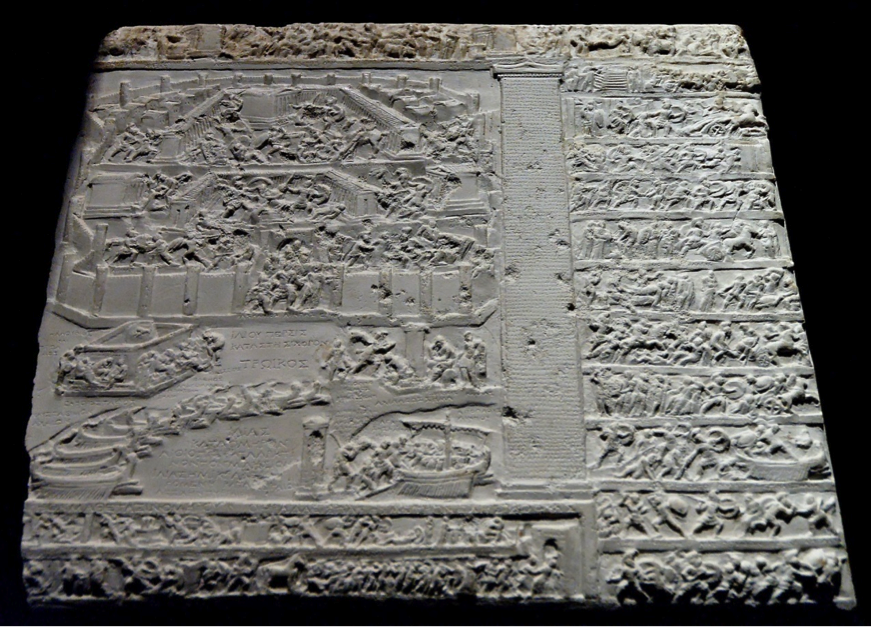
Hittite tablet recounting the events of the fall of Troy by Unknown – Jastrow (2006). Licensed under Public Domain via Wikimedia Commons
The fact that the site of Troy exists, as does Mycenae, home of King Agamemnon, does give credence to the mythologies. But like all stories, you can’t let facts get in the way of telling a good tale.
I do believe the more we delve into the myths, the more facts we’ll find in history. As with the current series I’m writing on my blog Eternal Atlantis, on the Atlantis myth, I believe such a place did exist. Like Homer’s Iliad, the enduring legend of Atlantis is a conglomeration of memories and oral histories to explain the rise and fall of a mighty empire. Look through the timeline of history and you will find many periods of great empires and their demise, either through war or a natural disaster.
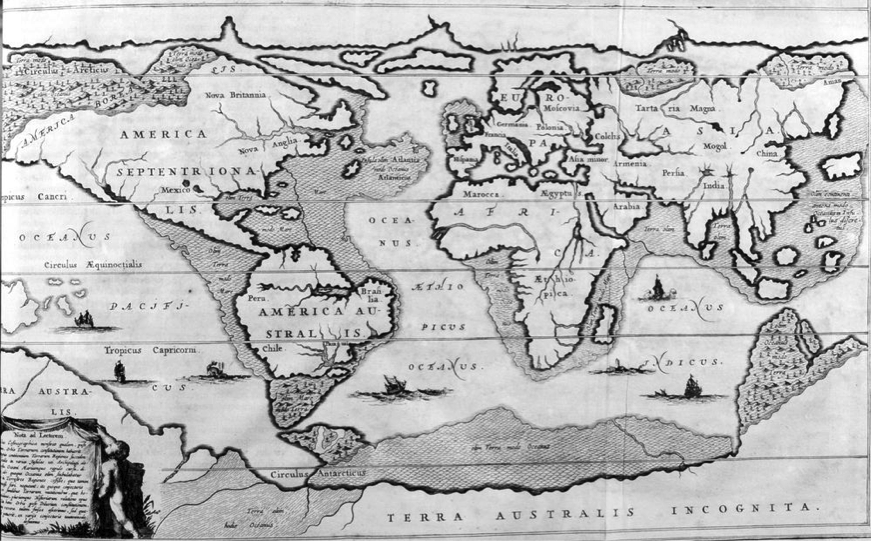
Kircher’s 1675 map of the world after the Great Flood. The location of Atlantis is marked in the Atlantic Ocean. (Print Collector/Getty Images)
Myths, like all stories, have morals and a message to relate. One day, I hope we will be smarter and take heed of these so we don’t keep repeating these transgressions. In a hundred or thousand years to come, people will question our mythology. What mythology will we leave behind?
I’d love to know your thoughts on the veracity of myths in our history.
I’d like to thank Luciana for taking the time to write this fascinating post for us. I’m so jealous of her trip to Troy, a place which I have wanted to visit for a long time. Ah, someday…
Mythology is truly fascinating, and there is a lifetime and more of stories for us to enjoy and learn from.
If you enjoy mythology as much as I do, you’ll definitely want to check out Luciana’s book, Accursed Women, or pick up one of the many short stories she has out. She also has a new book entitled Search for the Golden Serpent which I’m looking forward to reading.
Also, be sure to sign up for her E-bulletin so that you can receive her very interesting blog posts to your e-mail. By signing up, you’ll receive The Curse of Troy for FREE!
I always look forward to reading her posts as they are a fantastic escape from the everyday. The blog series on Atlantis is titantic!
Please leave any questions or comments for Luciana in the comments below, and, once again, thank you for reading…
Quiet and Contemplative – Essentials for Writing Historical Fiction
There is a truth which I have forgotten lately. With the day-to-day workings of my modern, connected life, I’ve been missing out on something essential, something that in the past has always helped me to nurture my creativity, and better my historical fiction. What is it?
Quiet.
Yes. That illusive modern-day grail, that has the power to slow us down, to help us think, to regroup and empower ourselves.
Now that I write that, it really does seem obvious, not ground-breaking at all. But it is, and I’ve found that without taking some calm time to contemplate the past, my fiction suffers.
Like many, I suspect, my days are pretty full. All the tasks and to dos that are swirling around me feel more numerous at times than the number of arrows raining down on the Spartans at Thermopylae, blotting out the sun.
Now, I’m sure there are a great many people who have much busier days. We all have our own threshold.
There is a distinct lack of quiet time, and by this, I mean time in which I sit away from a computer or device, not doing any sort of task, and actually think about history and historic places, the things that I love and that fascinate me.
Of course, I think about history throughout the day, but contemplation of the sand seas of Roman North Africa, or the city streets of the Forum Romanum doesn’t come as easily on a crowded subway car when one is trying to ignore some anonymous person’s flatulence. So gross.
Lately, I’ve ‘forced’ myself to set aside all computers and devices when I have some spare moments (even 5 minutes!) in favour of sitting down with one of my favourite, big, coffee table books about ancient Greece and Rome, or the Middle Ages.
I’ll look at anything from architecture to landscapes, artifacts and archaeological sites, to artistic recreations of places and everyday life in the past. It all helps, it all inspires.
If I can sit in a sunny spot with a cup of coffee and some of my favourite soundtrack music on, even better.
I’ve found, or rather, I’ve remembered, that when sit quietly and allow my mind to wander calmly through some part of history, I am more in touch with it. When I do that, I am better able to bring that world to life when I’m writing about it.
For me, historical fiction is highly dependent on setting.
You can have the most wonderful three-dimensional characters ever, but if you don’t have the historical setting to transport the reader, or place those characters firmly in the past, then your book could be taking place at any time in history.
I don’t know about you, but when I pick a work of historical fiction, I pick it largely for the period. If I’m not transported to that period in history, I’m disappointed.
I’ve had a lot of readers tell me that they loved my books because they learned a lot about the ancient world, or about the Roman Empire. That makes me very happy, as it has always been my goal to make history interesting and entertaining.
Without having taken the time to be Quiet, and to contemplate the physical world of those distant eras, I know I would not have managed to pull it off.
I’d like to share with you a very special book about the Roman Empire that has given me no end of inspiration. It is Splendours of the Roman World, by Anna Maria Liberati and Mario Bourbon.
This book was a gift from my parents who bought it at the Roman Bath museum, in Bath. Ever since I first flipped through it, I was rapt, sucked into the ancient world.
I have many other books that do this for me, but this is one that I continue to go back to again and again.
Are there any books that you like to flip through at a leisurely pace, or that inspire you and fire your view of an historic period?
Or, do have a favourite work of historical fiction that you felt really did a good job of transporting you as a reader?
Share your favourite book titles in the comments below.
While you do that, I’m going to step away from the computer, sit quietly, and immerse myself in the ancient world.
Thanks for reading…
The Amphipolis Tomb – The Discoveries and Theories
Over the past months, the on-line world has been set ablaze with Greek fire.
By that, I mean that the talk in ancient history and archaeology circles has been dominated by one of the most exciting discoveries in recent memory – The Amphipolis Tomb.
You may have heard about this ‘Alexander the Great era’ tomb in media around the world. The Rumours and theories about what it contains are as thick and the sarrissae of a Macedonian phalanx.
So, I thought I would use this post to go over the various finds, and some of the theories we’ve seen thus far. But first, here’s a video of an aerial view of the site of the Amphipolis tomb.
Before we get into the finds, we should look at where Amphipolis is.
Amphipolis is located 100 kms east of the northern Greek city of Thassaloniki, along the river Strymon. This is the region of Thrace.
The settlement was founded by the Athenians circa 437 B.C. near some gold and silver mines in the hills. It was conquered by Philip of Macedon in the year 357 B.C. and then, during the reign of Alexander the Great, was a major naval base.
The first major excavations at Amphipolis were undertaken in 1964, but it is the current excavation of the tomb, begun in 2012, that has grabbed the attention of the world by getting into the mound and revealing some of its treasures.
The Amphipolis tomb dates to the late 4th century B.C., the Hellenistic era, and is about 2,300 years old.
This is the largest burial monument ever discovered in Greece, and archaeologists have only just scratched the surface.
What have they found? Let’s make our way into the tomb in the order of discoveries.
The Lion of Amphipolis
The first discovery was actually not within the tomb, but nearby, and was discovered in 1912.
The Lion of Amphipolis is a 4th century B.C. sculpture that was first found by Greek soldiers around Amphipolis during the Second Balkan War, with more pieces of the lion being found by British troops during World War I.
For some time, archaeologists believed this was a tomb sculpture or monument to Alexander the Great’s admiral, Laomedon of Mytilene.
It is now believed that the Lion was actually located on top of the Amphipolis tomb which would have looked impressive and been seen from miles around, including from the sea.
The lion is over 4 meters tall, but with the base it sits on, it reaches over 8 meters in height.
The question is, what lay beneath the muscular body of this titanic lion?
The Wall
One of the most amazing things about the tomb is the sheer size of it. This monument was meant to impress!
The tomb itself has a circular wall that is 500 meters all the way around, and 3 meters high. It’s made of marble and limestone which is in remarkably excellent condition.
The archaeologists have excavated the earth around the entire monument, and from the pictures in the trench it is possible to get a sense of the size of this place.
Next, the entrance to the tomb was discovered where a wide staircase leads down to the next exciting discovery.
The Sphinxes
Above the entrance to the tomb stand two Sphinxes facing each other. To me this is a truly haunting image. Imagine entering this subterranean world beneath the gaze of these two guardians? It would be something to send a chill down one’s spine as you entered the realm of the dead.
The Sphinxes are both 2 meters tall, and seem to have been very detailed in their rendering. You can see the heavily-muscled bodies of these ancient creatures, whose heads and wings are sadly broken off.
They stand above a frescoed entrance that is 1.67 meters wide, and without a door.
Once you pass beneath the guardians, you find yourself in the first chamber which has a unique floor, barrel-vaulted roof, and smooth marble panelling on the walls either side.
But as archaeologists moved forward, ever-so-carefully, they found even more wonders…
The Caryatids
A caryatid is a sculpture of a female body that is used as an architectural support, a more ornate version of a regular column. The most famous are probably the caryatids from the Erechtheion on the Acropolis in Athens, sometimes called the ‘porch of the maidens’.
As excavators removed the dirt from the rest of the first chamber they were met by two tall, beautiful, skillfully-carved Caryatids flanking the entrance to the second chamber.
When I say they are beautiful, I mean it. These maids are lovely, solemn, and awe-inspiring, from their carved platform sandals, to their flowing robes, the wonderfully ornate braids of their long hair, and the serene beauty of their faces.
It must have been amazing to uncover these!
And they are not small, either. The Caryatids at Amphipolis are 2.27 meters (7.5 feet) tall, but if you include the bases on which they stand, they tower over visitors at about 3.66 meters (12 feet).
As we move into the second chamber, we come to even more ornamentation, and this time, it is something that hints at who the tomb might belong to.
The Mosaic
As the dirt from the second chamber was painstakingly removed, and the floor reached, archaeologists were confronted with a thing of beauty.
As it turned out, the entire floor of the second chamber is covered by a mosaic that is 3 meters wide and 4.5 meters long.
As you can see from the picture, it is a work of magnificent craftsmanship. The colours, even thousands of years later, are still brilliant.
The scene depicts the abduction of Persephone by Hades (Pluto), the Lord of the Underworld. He carries the reluctant girl away in his chariot for her annual sojourn in his realm beneath the earth. Leading the way is the god Hermes, whose traditional role was to lead souls to the Underworld. You can see the caduceus in Hermes’ left hand. The entire scene is surrounded by a Greek Key (meander) and wave motif.
Now, the exciting thing about this mosaic is related to one of the theories we will discuss shortly. A hint however, is in the rendering of the faces of the three people represented.
Another discovery in chamber two can be found on the walls.
As you can see, there are faint hints of frescoes portraying a man, a woman, and what appears to be a bull. Perhaps a sacrifice scene?
Let’s hope the restoration teams can give us a clearer glimpse someday soon.
And now, let us have a brief look at the most recent discovery in the Amphipolis tomb.
The Human Remains
Who is buried in the Amphipolis tomb? Who was it built for?
These are the questions that dominate, and when archaeologists moved into the third chamber they came one step closer to possible answers.
Beyond what were a pair of marble doors (fallen) on tracks in the floor, they have found a chamber with a burial in the floor with human bones. However, to complicate things, there were more bones and cremated remains in the soil on top of the burial.
Due to earthquakes, and early grave robbers, the remains, and perhaps any grave goods that were present have been scattered or looted.
Putting the pieces of this particular puzzle together is a painstaking process that will take a lot of time and patience.
For the moment, it seems that in chamber 3 of the Amphipolis tomb, there are the remains of five individuals: a woman over 60 years of age (buried in the sarcophagus beneath the floor), two men between the ages of 35 and 45, a newborn child, and a cremated adult.
In total, mixed up in over 8 feet of soil, archaeologists have recovered 550 pieces of human bone. The question of who the bones belong to is something we will have to wait a long time to answer.
The Theories
There have been a lot of wild theories about who this tomb was intended for. Obviously, it was not for just one person.
Many trigger-happy theorists and philhellenes have immediately jumped to the conclusion that the Amphipolis tomb could only belong to Alexander the Great.
One reason for this guess (or hope?) is the immense size of the monument; remember, this is the biggest burial in Greece. What better monument for one of the greatest generals and conquerors the world has ever known?
Another reason is that the Amphipolis tomb is thought to have been designed by Alexander’s personal architect, the man who helped build Alexandria, and who used Egyptian measurements for Amphipolis: Dinocrates of Rhodes.
Dinocrates helped Alexander plan Alexandria, the ideal city, and designed the reconstruction of the Temple of Artemis at Ephesus, one of the seven wonders of the ancient world. For some people, this is further proof that Amphipolis was meant for Alexander himself. Who else but his favourite architect would design his tomb?
The problem with this theory is that Alexander the Great was buried in Alexandria, in Egypt, the city that he had designed. It is pretty well-documented that his body was taken there to be entombed, under the care of Ptolemy who ruled in Egypt after Alexander’s death.
Now, if there were plans to move the body, or steal it, who can say? (That’s the author in me throwing a log on the fire!) Which of the Companions would not want to be the custodian of the immortal conqueror’s remains?
As for Dinocrates, he would have needed to find work after the death of his patron. If he was Alexander’s favoured architect, he would have been in high demand, no? Perhaps he was engaged by someone in Macedonia to build Amphipolis and brought with him his knowledge from Egypt.
However much people wish it, at this point, it seems doubtful that Amphipolis holds the remains of Alexander the Great.
The next theory may be more plausible, and this is where the mosaic comes in.
If you look at the mosaic, the faces of Hermes, Hades, and Persephone do look a little familiar.
Some people believe that in looking at this mosaic, we are in fact looking at likenesses of a young Alexander (Hermes), Philip of Macedon (Hades), and Alexander’s mother, Olympias (Persephone). Is this a royal family portrait?
We know that Philip was buried in the royal tombs at Vergina, and recently his remains were positively identified.
When the mosaic was discovered, some scholars began exploring the possibility then that Amphipolis may have been the tomb of either Olympias, or Roxana, Alexander’s Bactrian wife and mother of his son.
Could the Persephone in the mosaic be either Olympias or Roxana?
It is a tantalizing theory, to be sure. And when this theory came about, they had not yet discovered the remains in chamber 3, those of the woman in her sixties, and an infant child.
Still, it’s hard to say. Roxana and her son did return to Greece under the ‘protection’ of Cassander, one of Alexander’s generals, and certainly, Olympias would have had an interest in being close to and protecting her grandson and daughter-in-law.
Unfortunately, Cassander was not the kindest person and, according to the sources, he had Olympias executed in 316 B.C., and later ordered the murder of Roxana and her son in 310 B.C.
Now, the remains of the woman in chamber 3 are too old to be those of Roxana, and those of the infant are perhaps too young to be Alexander’s son. However, it remains plausible that the woman who was buried in the sarcophagus beneath the floor could be Olympias herself.
It will take some time before we know, but the mosaic and the age of the female skeleton (about 60 years), which was about Olympias’ age at her death, are the best leads thus far.
But there are arguments against even that – Would the Macedonians build such a monument to a woman? Would Cassander so honour a woman whom he had had murdered, with such a monument?
Confusing the theories further is one that the two male skeletons may in fact be Cassander’s sons. Analysis will need to be done to see if they are related, but if they are, why would they be buried with Olympias? Were the bones all separate and then dumped all together by the ancient looters?
For me, one telling thing is also the size of the three excavated chambers compared to the rest of the monument. When you look at the area these initial excavations have covered, it is but a small portion of the entire tomb.
With some initial geophysical survey results showing other possibly man-made areas within the hill, one has to wonder if the main occupant of the Amphipolis tomb has even been found yet. Perhaps Cassander himself is buried in some grand chamber filled with art and riches from the East, an afterlife monument to match the ego and ambition which he was apparently in possession of? Perhaps he did bury Olympias, a descendant of Achilles, out of duty to Alexander? Who knows…
Unfortunately, there are far more questions and dead ends than there are answers.
Isn’t that exciting?
Only the archaeology can tell us what we need with any certainty, but that takes time and patience if it is to be done properly.
Those proponents of sensationalist theories on the Web might not like this waiting game, but for me, as an historian and archaeologist, it is well worth the wait. When the answers finally do come, the author in me will be ready and waiting.
What do you think about the Amphipolis tomb? Tell us your own theories and ideas in the comments below!
Thank you for reading.
If you want to take a 3D tour of the tomb thus far, have a look at the video below.
ZEUGMA – Art and the Riches of Asia
In my years of research, I’ve come across many ancient sites that have quite taken my breath away with their history and the splendour of their remains.
One of these sites is located in what is now the south-eastern part of modern Turkey. It’s called Zeugma, and it is one of those places that have left an indelible mark on my image of the ancient world.
In 2000 I saw a documentary called ‘Treasures of Ancient Zeugma’ which talked about a race against time to save the remains of this ancient city from the rising waters of a hydro-electric dam that was being built at Birecik.
In all truth, I had not heard of Zeugma before this documentary, but after watching it I would certainly never forget it.
Zeugma is located on the banks of the Euphrates River where its remains were buried beneath pistachio groves for over 2000 years.
It was founded in 300 B.C. by Seleucus I Nicator, one of Alexander the Great’s generals who came to control the lands from Syria to the east after the death of Alexander. Seleucus named the settlement ‘Seleucia Euphrates’, after himself, with the settlement on the opposite bank of the river called ‘Apamea’, named after his Persian wife.
In 64 B.C. Seleucia Euphrates was conquered by the Romans who then called it ‘Zeugma’, which actually means ‘bridge’ or ‘crossing’.
Zeugma was a highly important as a strategic location for crossing the Euphrates River, and one of the Scythica Legions guarded it.
But it was also valuable as a link in the future Silk Road trade route, connecting Antioch on the Mediterranean coast to China far to the east around A.D. 256. Myriad merchants and goods passed through Zeugma’s customs, and the settlement became extremely rich.
At its peak, the population of Zeugma is said to have reached 80,000!
However, like most great cities, Zeugma’s time in the Sun was not to last. The city was destroyed by the Sassanian King, Shapur I, and then later a massive earthquake finished it off.
Zeugma never really recovered its former glory.
In the fourth century A.D. Zeugma fell under Roman control again, and then came under the rule of the Byzantines during the fifth and sixth centuries. By the tenth century, it was just a small Abbassid settlement.
If history teaches us anything, it is that glory is fleeting.
For two centuries, Zeugma was the residence of high-ranking Roman officials, guarded by legions, and it was this period and circumstance that allowed the city to flourish.
Zeugma’s glory might have been short-lived, but the marks that these years of prosperity have left in the form of its artwork are truly beautiful.
While watching that first documentary on the Treasures of Ancient Zeugma, my heart was gripped with sadness for the threatened loss of these works of art. As the archaeologists uncovered mosaic after mosaic, my eyes widened at their intricacy, their detail, the lively beauty revealed as wet sponges wiped away the dust to explosions of colour. I think I may even have wept at the site.
I won’t even attempt to describe the wonders of the Zeugma mosaics – I’ll let the pictures speak for themselves…
In an ideal world, works on the hydro-electric dam would have been stopped, and an alternative plan set in place. But this was not to be. Thankfully the Turkish Ministry of Culture got things rolling and brought in experts to try and save what they could before Zeugma was lost beneath the waters of the Euphrates forever.
Because of the dam, Apamea has been totally submersed, as has the majority of the Zeugma settlement. However, a museum has been constructed on-site, and archaeologists continue to excavate where they can so that more of Zeugma’s past can be revealed and preserved.
Thankfully, many of Zeugma’s treasures have been rescued, rendering our image of the ancient world that much richer.
How many other magnificent settlements lie beneath the sand and seas, waiting to be discovered?
Gods only know, but it is exciting to think about.
Thank you for reading.
Sadly, I was unable to find a live link to the documentary, Treasures of Ancient Zeugma, but here is an alternative video which also goes over the rescue mission and history of Zeugma. It’s less dramatic, but will give you an idea.
For more information on Zeugma, be sure to check out the website for the Zeugma Archaeological Project.
Also, click here to read a fantastic article on Zeugma in Archaeology Magazine.
Roaming the Past – Documentaries to Fire Your Passion for History
I don’t know about you, but in this post-holiday time of the year I’m feeling a bit down.
This past week, like many I suspect, I went back to my small square-of-a-cubicle at my day job to get on with ‘regular work’.
That’s always tough, and, despite hitting the weights, yoga, meditation, going to see the new Hobbit movie, and all other manner of uplifting activities, fighting those back-to-work doldrums can make you feel like a lone centurion facing down a Parthian cavalry charge.
But, as ever, there is hope and enlightenment to be found in history.
One thing that I’ve always found is that getting lost in your favourite period of history can wipe out the New Year blues and make you feel like you have some reinforcements at your back.
One way in which I do this is to watch ancient and medieval history documentaries. The combination of knowledge, travel log, archaeological discovery, and ancient innovation always fills a void and reignites my passion for history. And the human stories behind the history never fail to make that Parthian cavalry charge feel smaller and more manageable.
Today I wanted to share with you some of my very favourite documentary series to help temper your own version of cubicle-itis, and get you through the next few weeks as we step into the jaws of Winter (at least in the northern hemisphere).
As with all of these shows, much hangs on the presenter.
Remember, we’re dealing with history here, and most people don’t have very fond memories of their school history classes. Documentaries are dynamic school rooms and it all hangs on the teacher/presenter.
I can’t stand it when a television presenter is overly academic, snooty, blustery, or arrogant. The show should always be about the subject matter, not the host’s ego.
And so, the following shows are on my list not only because of the fascinating topics, but also for the quality of the hosts, their respect and passion for the subject matter.
Michael Wood
For me, Michael Wood has presented some of the most fascinating documentary series since the late 70s. His In Search of series covers everything from the Myths and Heroes, to the Dark Ages, Anglo-Saxon England, and Shakespeare. However, the most fascinating of this series, for me, and for many archaeologists I know, is the six-part In Search of the Trojan War.
Click here for the direct link.
I highly recommend this series. It’s not just about the Trojan War itself, but the Bronze Age in general. You’ll even learn about the Trojans, the Greeks, and the Hittites!
My absolute favourite Michael Wood documentary, however, is his magnificent series entitled In the Footsteps of Alexander the Great.
In this three-part series, we journey with Michael along the entire route taken by Alexander’s army all the way from Macedon and Greece, to Tyre and Egypt, through war zones controlled by the Taliban to the Hindu Kush on into India and back. There are times when Wood was in danger too, but he is intrepid and curious, and you really get a feel for what the journey might have been like, visiting landscapes which few people will ever see in person.
At the time of filming, Wood was unable to visit the battlefield of Gaugamela, but after the second Iraq war, he returned to the area to film a follow-up documentary called Alexander’s Greatest Battle which is also well worth a look.
If you watch any of these videos, and have an interest in Alexander the Great, In the Footsteps of Alexander the Great is the one I recommend you watch. Here is the long trailer for it:
Click here for the direct link.
Bettany Hughes
Next up we have another British historian and broadcaster whose list of documentary credits is just as astounding as Michael Wood’s, perhaps even more varied.
Bettany Hughes has done documentaries on ancient Egypt, Greece, and Rome, and she’s looked at Helen of Troy and Nefertiti, Atlantis, ancient engineering, Democracy, and sex in the ancient world.
She has that passion that is so essential to teaching history, and she doesn’t sugar-coat the past. In fact, she gets down to the nitty-gritty, dirty details, and can tear down with style the romantic images that cloud our view of the past; her documentary Athens: The Dawn of Democracy is one such show.
Bettany seems to have a truly adventurous spirit too, which is great. Just recently she was tweeting out from modern Georgia and the land of Medea and the Golden Fleece where she was shooting for a new show.
My favourite documentary series that I have seen thus far from Bettany is The Spartans. This three-part series provides a fantastic look at the nature of Spartan society, its past glories, and its downfall. You’ll definitely want to see this one!
Click here for the direct link.
Adam Hart Davis
Our next presenter is probably the jolliest character of the group. He is a scientist, a historian, a broadcaster, and much much more. If you look at the range of his work, you’ll see that he covers a wide range of topics besides history.
The reason I’ve put Adam Hard Davis on this list is because his BBC series, What the Romans did for Us, is the most interesting documentary series I’ve ever seen that looks at the practical side of the Roman world.
In this series, Adam shows us numerous inventions and innovations to come out of the Empire. And the cool thing is that these are all things that we still use in some way, shape or form today.
Did you know that a Roman invented the hamburger? Or that the Romans had invented a fire engine? There are all sorts of wonderful surprises in this fantastic series, hosted by a man who loves what he does and has a child-like curiosity and enthusiasm that is truly contagious. You’ve got to watch this!
Click here for the direct link.
John Romer
Our next documentarian is British Egyptologist, historian, and author, John Romer.
He has done several shows on the ancient world, but the one that introduced me to him remains, for me, his very best.
Watching Seven Wonders of the Ancient World is a wonder-full journey to these magnificent sites that have captivated the human imagination for ages.
Romer does not give us the usual academic tour of these ancient tourist attractions. Rather he gets up close and personal with the ruins, the landscape, and the people who lived in those places. He mesmerizes the viewer with his poetic admiration of everything about these places.
In this series, Romer looks at the hidden corners surrounding the Seven Wonders. He’ll admire the grand design and architecture, but also the fine details of a hidden relief that decorates a forgotten piece of history.
Some people might think of Romer as melodramatic, but I think he is more passionate than anything. He loves ancient culture, history, and the people who created these timeless monuments.
https://www.youtube.com/watch?v=oQmIzJwjgEI
Click here for the direct link.
Michael Scott
This next presenter is relatively new to the history documentary scene compared with those I have mentioned above, but when I first saw one of his shows, I knew he would be an ancient history documentarian who would get a whole new generation of students interested in history.
Michael Scott’s style is cool and interested. He is very knowledgeable, and has great passion for the subject matter he is talking about. Definitely not your typical, dry academic!
His most recent series is called Roman Britain from the Air, which began airing last month. I haven’t seen that yet, but I’m looking forward to checking it out.
Most of his documentaries are about ancient Greece, however, and the one that I wanted to mention here is his three-part series Ancient Greece: The Greatest Show on Earth.
This show was a bit of an eye opener for me. Not having studied ancient Greek theatre, it came as something of a surprise that ancient Greek drama was so closely linked to the birth of Democracy, and that it played such an essential, pivotal role in ancient Greek society.
If you want to learn a lot about ancient Greece, in a fascinating and entertaining way, you should definitely watch Michael Scott’s series. After watching this, you’ll want to get yourself on a plane to Greece as soon as you can!
http://youtu.be/xf9cDKqwhQw?list=PLaGnq8H7GaVLH-dDaUlKHpy-JcMqwmI5F
Click here for the direct link.
Richard Harris
Wait! Richard Harris, the actor? Yes.
My last entry here is not an academic or historian, but he sure was an entertainer, and sometimes larger than life.
One of my primary refuges from the madness of the world is the Arthurian realm, and so I could not offer up this list of blues-chasing documentaries without mentioning my favourite Arthurian documentary.
Many of you may have seen Richard Harris in the first couple of Harry Potter movies as Professor Albus Dumbledore. Personally, I liked him as the Emperor Marcus Aurelius in the movie Gladiator, and King Richard the Lionheart in the movie Robin and Marian. Actually, Richard Harris rarely ever disappointed in any of his film roles over the years of his magnificent career, including as King Arthur in the film version of the musical Camelot.
The latter was the reason he was chosen to host this single documentary on Britain’s most famous hero.
Arthur: King of the Britons came out not long before Richard Harris’ death in 2002. This is a wonderful documentary of this myth, history and archaeological discoveries surrounding the person of Arthur.
Rather than seeking to tear down or dismiss the theories about an historical Arthur, this documentary looks at the real possibilities and evidence for the existence of Arthur. This is not about late medieval knights in shining armour.
This documentary is about the search for the person who may have been the historical Arthur, the Romano-British warlord who held off the Saxons for a brief time in the early sixth century A.D.
What I love about this documentary are the visits to Tintagel Castle, and South Cadbury Castle, as well as the digital recreations of these and other sites. It gives a magnificent perspective of them, and the latest research at the time.
If you missed my post on South Cadbury Castle, click HERE to check it out.
As I mentioned in that post, I had been working as an archaeologist on the dig there, which happened to be during the time of the filming of Arthur: King of the Britons!
Unfortunately (well, sort of unfortunately), I was in Greece when the film crew and Richard Harris showed up at the site. So, I missed meeting the great actor himself – and my dig mates made sure to tell me! However, you can see my dig director, Richard Tabor, on the video, which is pretty cool.
Richard Harris is legend, and so what better actor than one who has played Arthur, to present this documentary. He is cool, captivating, and powerful as he tries to unravel the mythical Arthur, and bring us face-to-face with the Arthur of history.
Click here for the direct link.
So there you have it, a selection of magnificent history documentaries, presented by engaging and knowledgeable hosts, to get you through the winter months.
Let us know in the comments if you do watch some, and which ones you enjoy.
Also, if you have any of your favourite documentaries or hosts you would like to share with everyone here, please do tell us in the comments.
Cheers and thank you for reading!
In Insula Avalonia – Camelot: The Fortress of Arthur
At the very south ende of the chirche of South-Cadbyri standith Camallate, sumtyme a famose toun or castelle… The people can tell nothing ther but that they have hard say that Arture much resorted to Camallate. (John Leland, Royal Antiquary, 1532)
Happy Holidays everyone!
Hard to believe we’re at the end of yet another year. How can so much happen in so little time? With time speeding by at such an alarming rate, History is, as ever, my anchor and touchstone.
This will likely be my last post of 2014. When I was trying to think of a suitable topic, it didn’t take me long to decide what better way to get into the holidays than a post about ‘Camelot’.
We haven’t been In Insula Avalonia since the springtime when I spoke about Glastonbury Abbey, and prior to that Gog and Magog, Wearyal Hill and the Holy Thorn, The Chalice Well, and Glastonbury Tor. If you missed those posts, you can read them on the old website. Just click on the names.
For Part VI of In Insula Avalonia, we’re going to look at a site that is just ten miles from Glastonbury itself: South Cadbury Castle.
Now, South Cadbury Castle, like so many of the other places that we have discussed in this blog series, is a site with strong Arthurian associations. As such, its importance and role is hotly debated.
Was South Cadbury Castle the power centre of the historical Romano-British warlord, or dux bellorum, we know as ‘King Arthur’? Was this the actual site of what has come to be known in the popular imagination as ‘Camelot’?
I’ve always been a strong proponent of the theory that there was in fact, an historical ‘Arthur’ who formed the factual basis for all the legends we love and cherish. So, when I look at sites such as South Cadbury, I do so with that in mind. However, that doesn’t mean that I accept a site’s association with Arthur on faith alone.
I know this site pretty well – as I studied it and wrote about it as part of my Master’s dissertation entitled Camelot: Comparing the historical, archaeological, and toponymic evidence for King Arthur’s Capital. As part of this, I looked at three of the main candidates for Camelot that had been put forward at the time – Wroxeter (Roman Viroconium), Roxburgh Castle (in the Scottish Borders), and South Cadbury. There is a copy of the dissertation hidden somewhere in the stacks at the St. Andrews University library in Scotland.
South Cadbury Castle is also where I cut my teeth as an archaeologist as part of the South Cadbury Environs Project team for a couple of seasons under the leadership of Professor Richard Tabor. This was a wonderful experience that helped me to get up close and personal with the site I had studied for so long – I dug test pits, got into bigger trenches in which curious cows came to watch what I was doing, carried out geophysical surveys with a magnetometer, and found some curious objects such as a bronze dolphin that formed the handle of a Roman drinking cup.
Most of all, I was given the chance to spend more time on this amazing, and yes, magical, landscape.
Before I give my thoughts on wandering the slopes of South Cadbury Castle, we should have a look at what it actually is.
South Cadbury Castle is not the late medieval castle with banners flying from tall towers that make up our usual image of Camelot. It is a 500 foot high Iron Age hill fort located in the pre-Roman era lands of the Durotriges. Occupation of the site began in the Neolithic period and it went through various stages of occupation from the 5th century B.C. onward.
By the time of the Roman invasion of Britain, it had four massive defensive ramparts with an inner area of about 18 acres. Access to the top was by two entrances, one to the north-east and the other, larger one to the south-west. The Iron Age occupation of the site came to a violent end around A.D. 43 when Vespasian stormed the southern hill forts of Britannia.
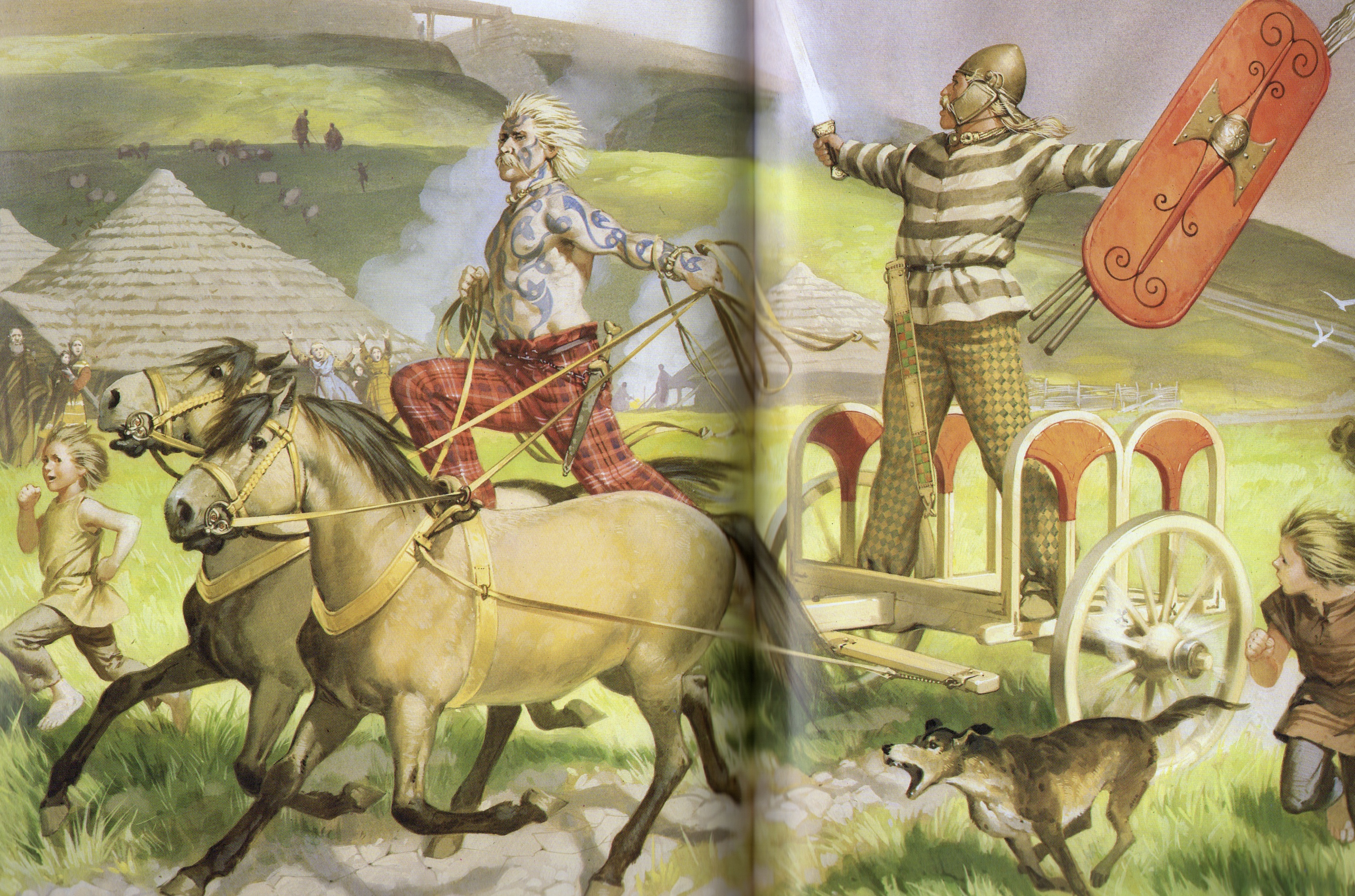
British Belgic Warriors of the Iron Age – Illustrated by Angus McBride (source – Rome’s Enemies 2 – Gallic and British Celts)
The Romans made little use of the site, though there have been some theories that it was used as a Roman supply station.
In the 3rd and 4th centuries, there was renewed activity with visits being made to a Romano-Celtic temple that was built on the site. During excavations, a bronze letter ‘A’ was found that some believe belonged to this temple, which was perhaps dedicated to Mars, or some other deity.
However, when it comes to South Cadbury Castle, the period that I am concerned with is the 5th and 6th centuries A.D. This period is known as the ‘Arthurian’ period, and it is at this time, after Rome’s legions have left the island, that the archaeology shows a massive refortification of the hill fort.
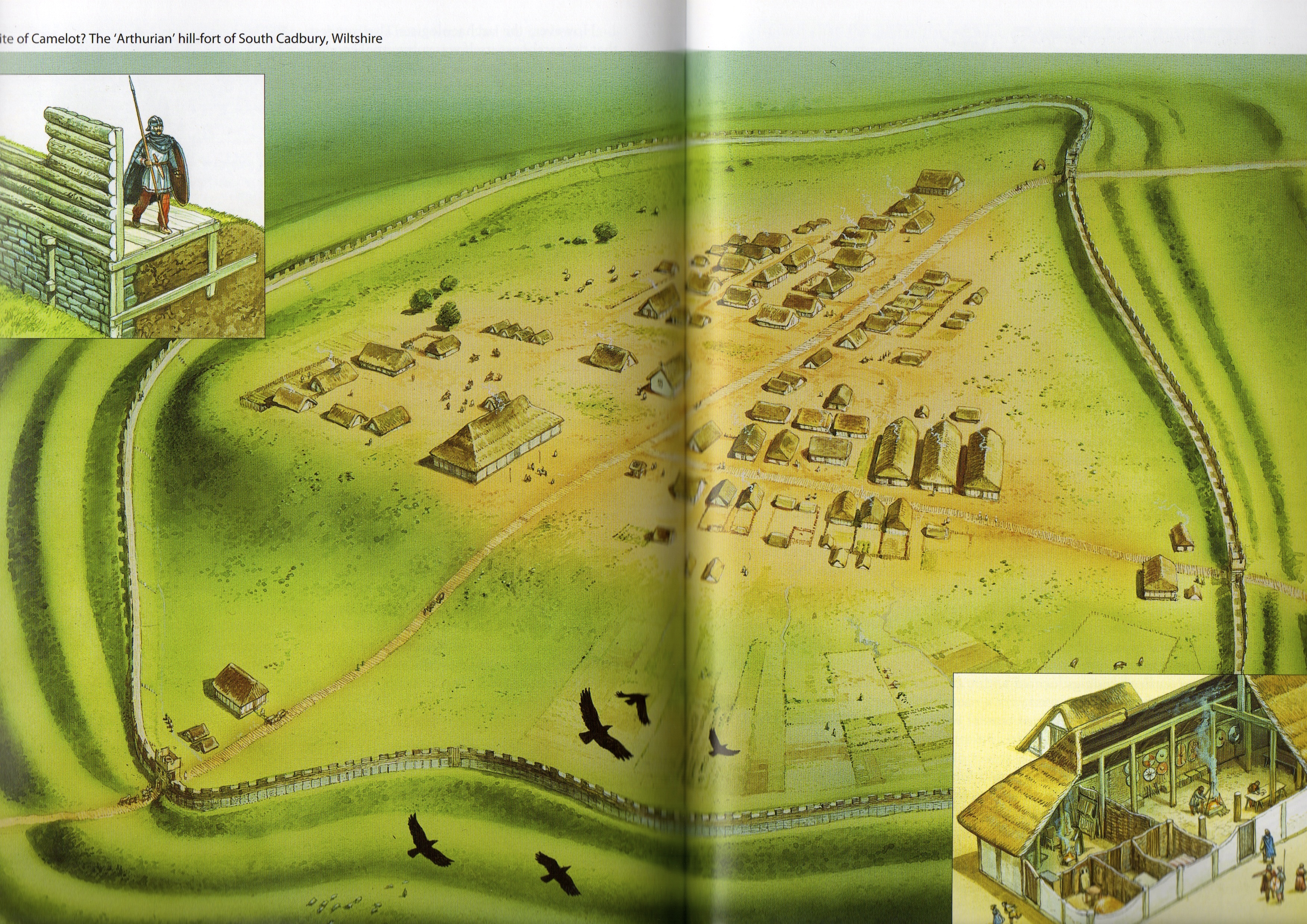
Artist Reconstruction of South Cadbury Hill Fort – Illustrated by Peter Dennis (Source- British Forts in the Age of Arthur)
Though it is much debated, South Cadbury’s association with the Arthurian period stems not just from hearsay and folklore. It has the archaeological evidence to back it up.
There have been a few big excavations of the hill fort over the years, but the biggest of all took place in the late 1960s and was headed by Professor Leslie Alcock. Professor Alcock and his team discovered evidence for a large scale occupation and refortification of the hill fort, during the Arthurian period, which showed repaired defences, including a strong gatehouse at the south-west entrance, and most importantly, several buildings, including a kitchen and a large timber hall on the fort’s high plateau.
The discovery of post holes reveals a finely-built timber hall that was on a large scale, measuring about 63×34 feet. This hall would not have been the great castle hall of late medieval romance, but rather something like the timber drinking halls of the period, more like to the Golden Hall of Meduseld, the seat of King Theoden in Lord of the Rings.
Another very telling discovery at Cadbury Castle was the large quantity of Mediterranean pottery that dates to the Arthurian period of occupation. This is the same pottery type that was discovered at Tintagel Castle in Cornwall, a site that also has strong Arthurian associations. One might think that shards of pottery from wine, olives and olive oil might be pretty mundane, but they anchor the sites strongly in the period, and also show that someone of importance was associated with the site. Not everyone could afford to import such things through trade.
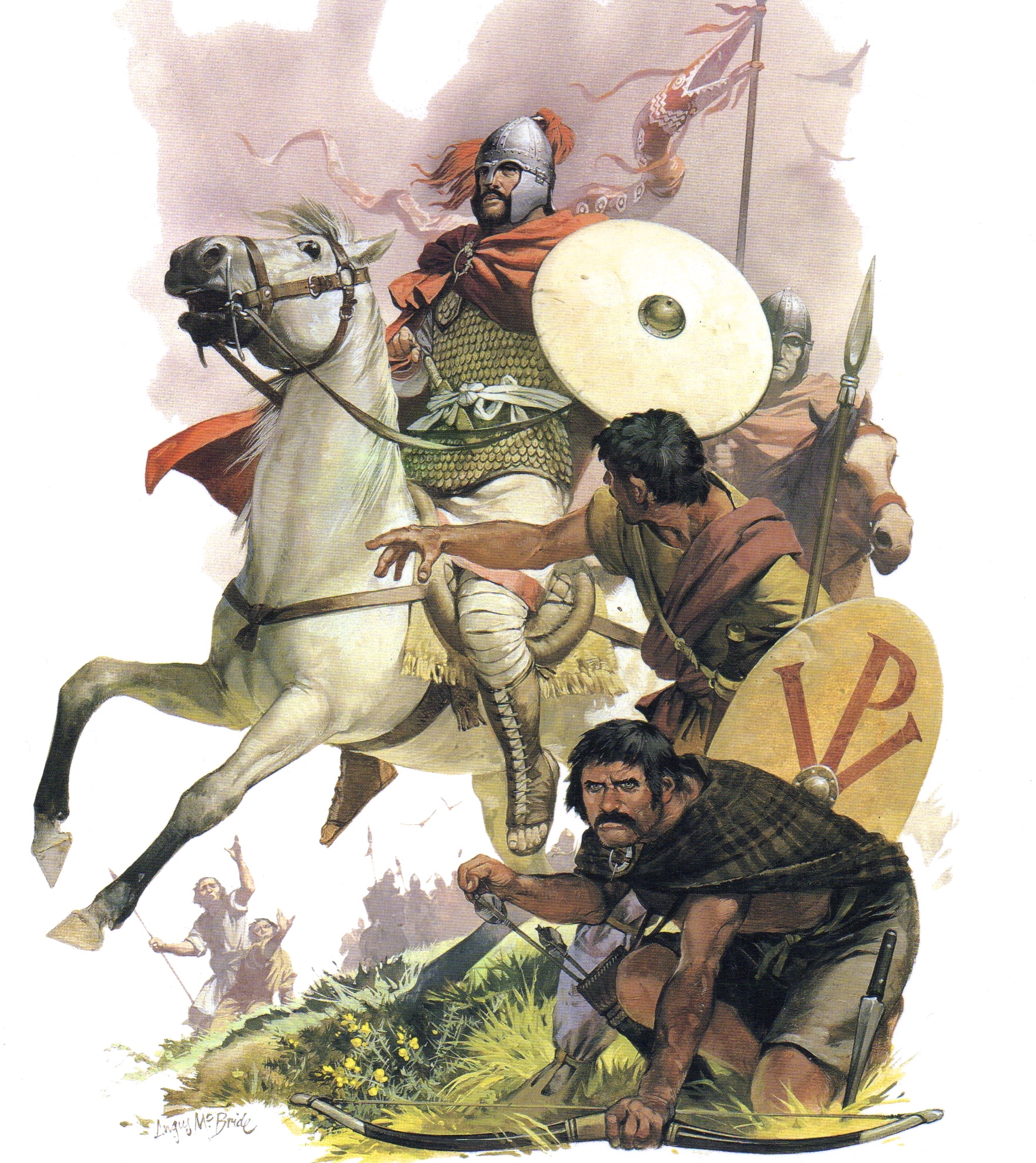
6th Century British Warriors – Illustrated by Agnus McBride (source – Arthur and the Anglo-Saxon Wars)
The refortification of the hill fort during the Arthurian period was on a massive scale, and would have required many resources and men to hold it. South Cadbury castle was, in a way, on the front lines of the British struggle against the invading Saxons, and would have been well-placed to meet the Saxons as they advanced westward.
Based on the refortification, and evidence of the gatehouse that linked the ramparts running over the cobbled road at the south-west corner, this place was likely the base for an army that was large by the standards of the period. It may way have been the site of the court of the dux bellorum, or the historical Arthur.
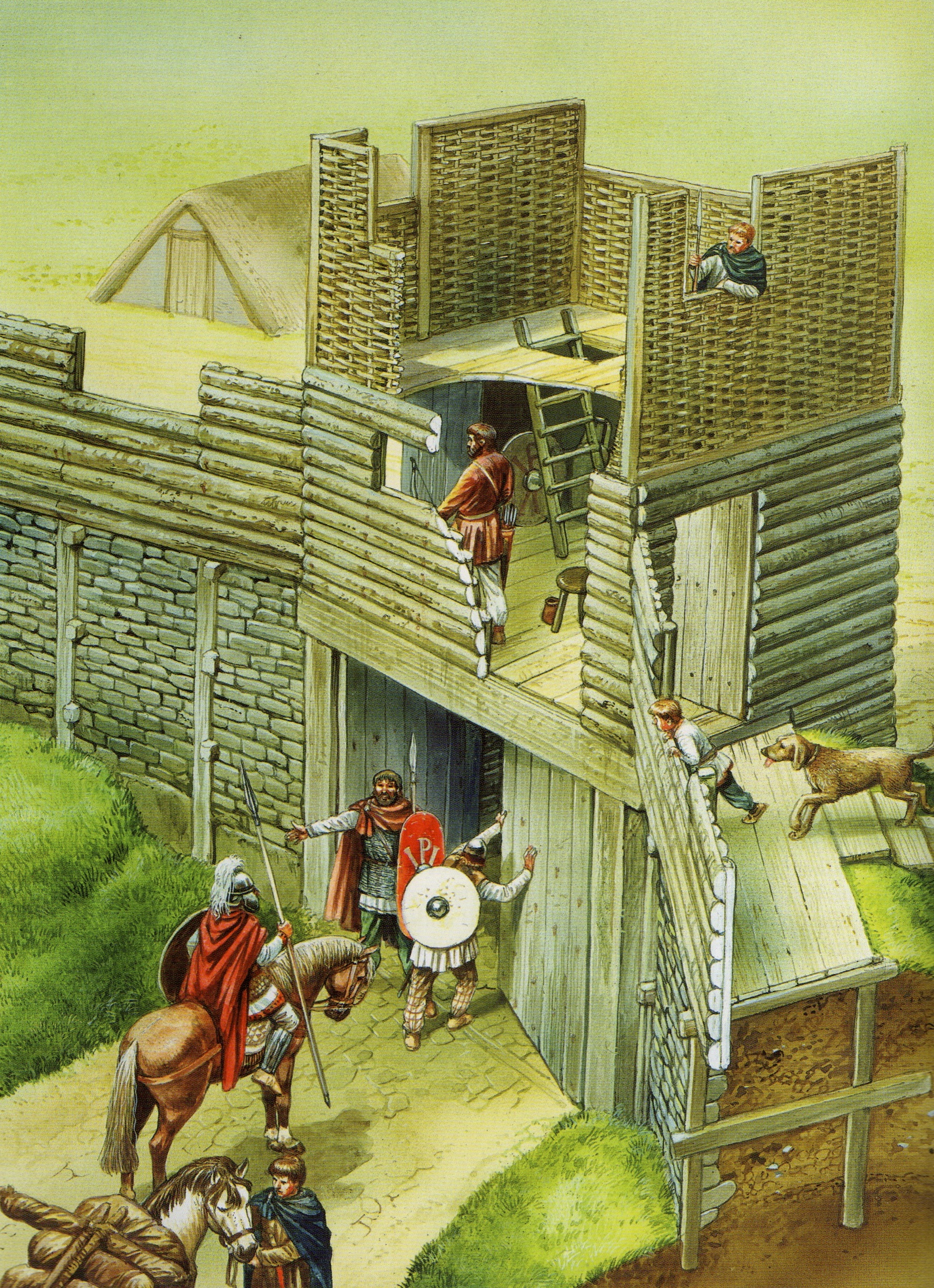
Artist Reconstruction of the South-west gate – Illustrated by Peter Dennis (Source – British Forts in the Age of Arthur)

